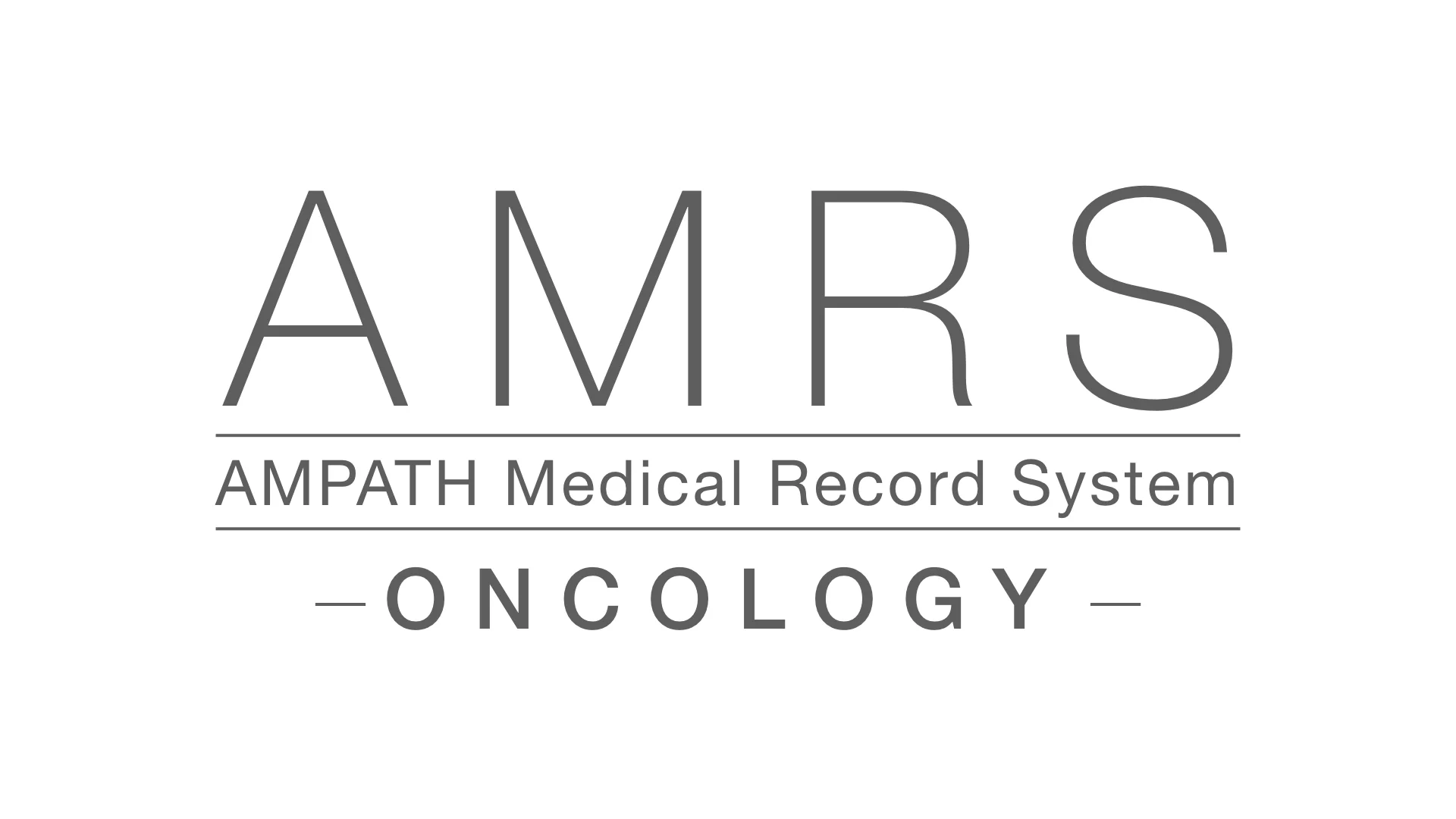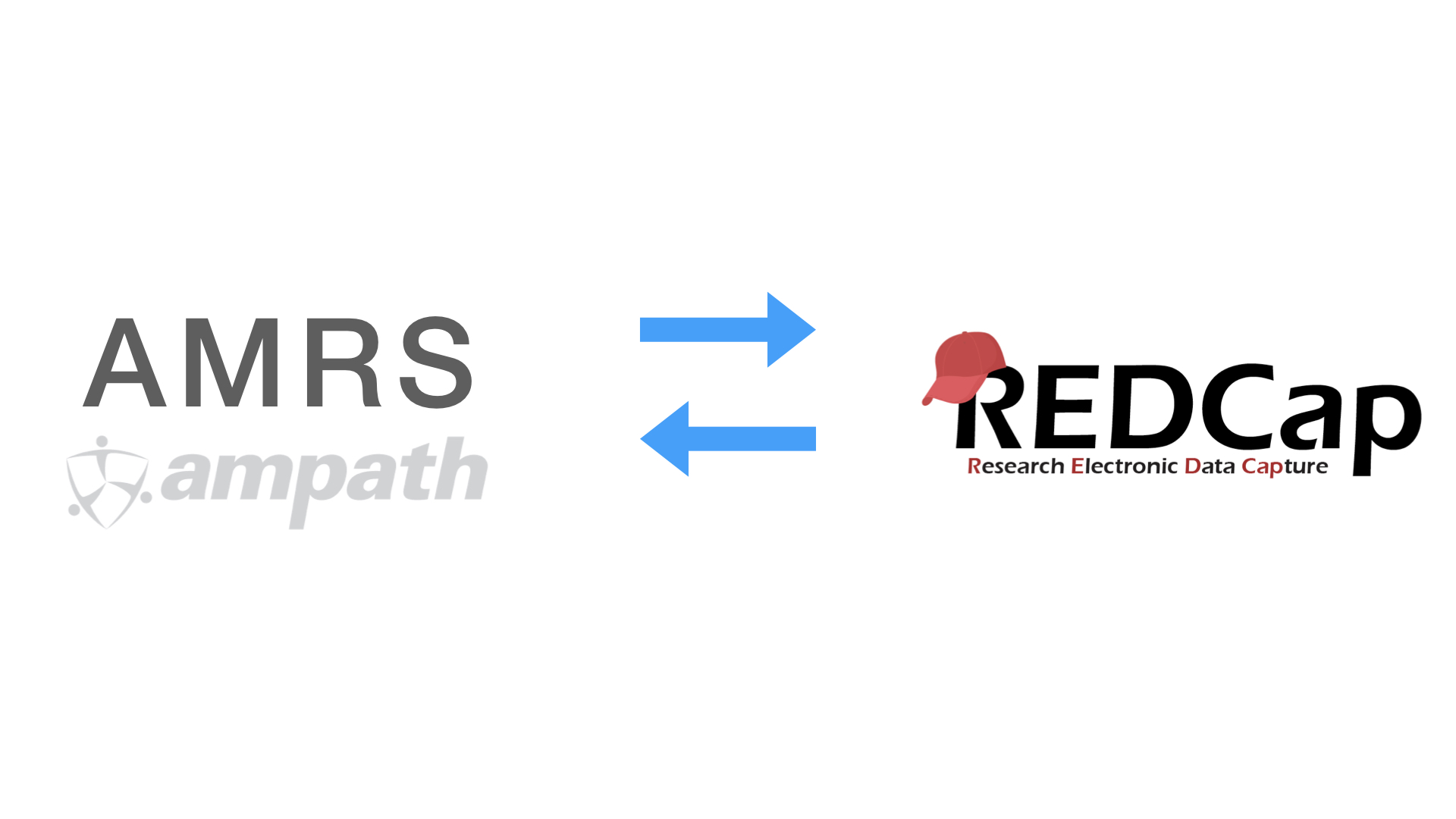AMRS @ Oncology Conference Oct 12, 2018
AMPATH Medical Record System (AMRS) a Quick Overview: How the AMPATH electronic health record helps patients, clinicians, clinics, counties, and researchers.
Prepared for Annual Oncology/Hematology Conference 11 October 2018. Eldoret, Kenya
A re-recording of the presentation is available here:
Introduction
The electronic medical record impacts
the patient - through providing their care team access to their data
the clinician - via clinical decision support, task shifting, and user interface design
the clinic, county, and governemnt - with dashboards and analytics
researchers and industry - by access to data and RedCap
At the end of this presentation, I hope you leave as excited about the work being done here in Kenya to build a world class medical record as I am.
But more importantly, I hope you realize the goal of this team to build a model of health care delivery in oncology, in particular for the poor and informal sector.
When AMPATH first started, it did not wait in the ivory tower for patients to come. Instead AMPATH went out into the villages to screen everyone and connect them with care. The same is being done here with oncology, with screening at the village level, and linking them to diagnostics, therapeutics, clinicians, and cure.
A quick aside, I have only been in Eldoret for 3 months. This means that whenever I speak about the cool work that “we” are doing, I was not part of building that. This is a tool built in Kenya, by Kenyans, for Kenyans. This is a picture of our team last Friday in a product meeting.
And last, the man on the right is Nicky Kibor who is our Lead Developer, and the man on the left is Dr Jonathan Dick who in addition to being a physician, is also a programmer, and expert in electronic medical record systems. He has helped lead our team for the last several year.
A key take away is that at AMPATH we approach the electronic medical record not simply as a tool to collect data, but a core part of the interstitium of AMPATH a care delivery system.
PART 1. How medical records impact the patient
AMAPTH built their first large medical record system in 2004, and helped found the global open source electronic health record - OpenMRS - that is used today in over 80 countries.
In 2016 AMPATH upgraded their system, and built on top of OpenMRS a version that runs well across tablets, desktops, and chromebooks. Specifically this system is designed to be used in real-time at the point-of-care. It is called AMPATH Medical Record Point of Care (AMRS POC).
The system is powered by solar panel, and backup battery, connected by Safaricom 3G cellular network on a secure encrypted line to here in Eldoret where we have our data center in a biometric protected, climate controlled, battery backup room. From the central server the entire system is kept in sync in real time.
To date across the AMRS system, there have been over 8 million encounters recorded, and over 250 million questions asked to patients.
Oncology has shown tremendous drive to move from paper to digital. This year they worked on building out electronic programs, forms, and starting to use the system in clinics and at screening. The developers are also putting the final touches on modules for clinicians to see patient labs, medications, past oncology history, and oncology summaries.
Oncology has ambitious plans this coming year to continue to upgrade the system further. Barcode printers to be installed in the blood lab, so that the blood vials will be scanned in at the lab. The lab equipment will be connected directly into the medical record. A system to digitize old radiology reports, pathology reports, and histology imaging will be created. Anonymous patient feedback survey’s will be available. And full integration of medication ordering and the pharmacy system.
Having all this data available for the clinician improves the patient’s care. Information does not get lost on their way from village dispensary to treatment here in Eldoret. It ensures that the patient’s medical story is always available to their care team, and this is a good thing.
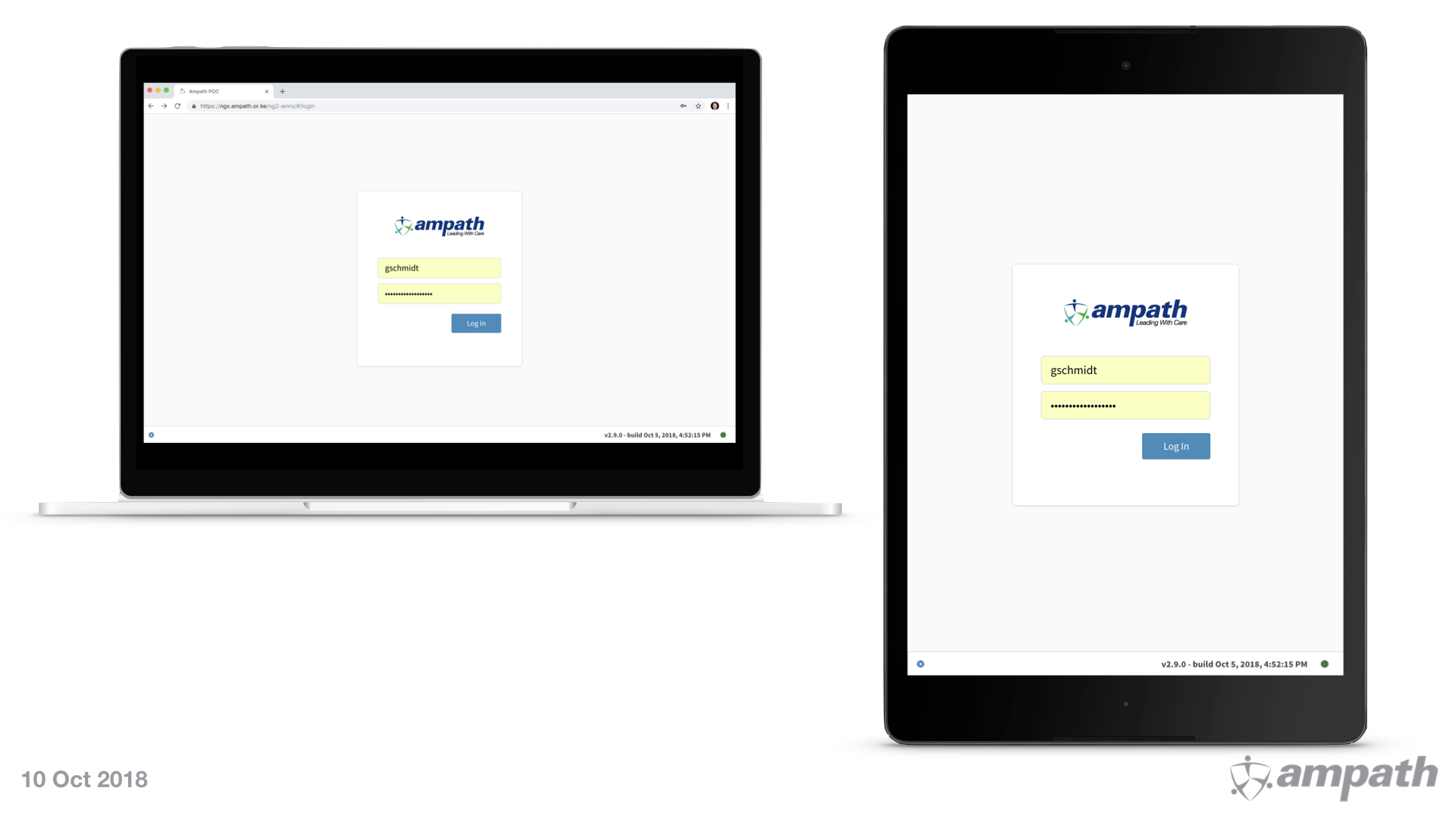
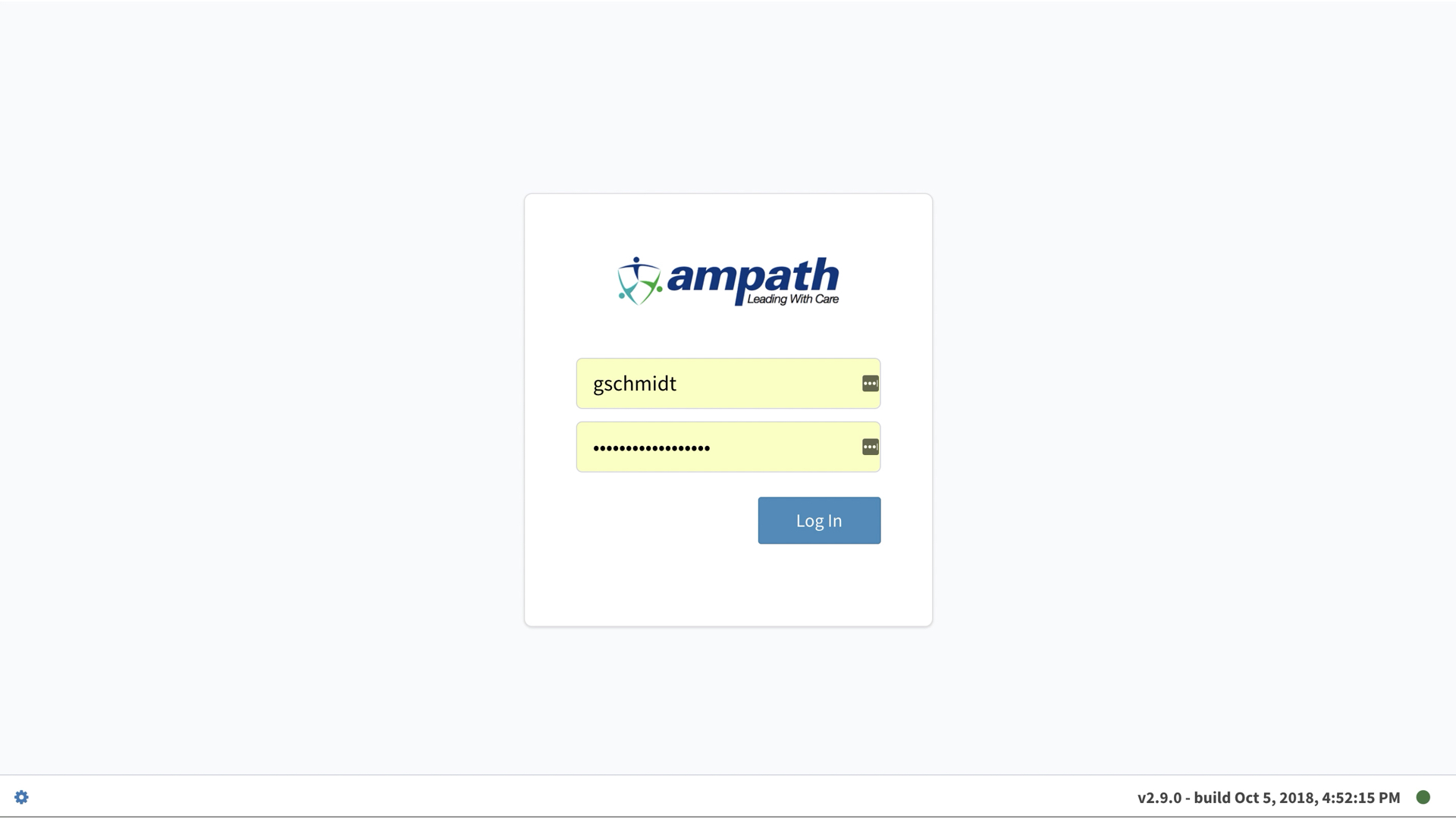
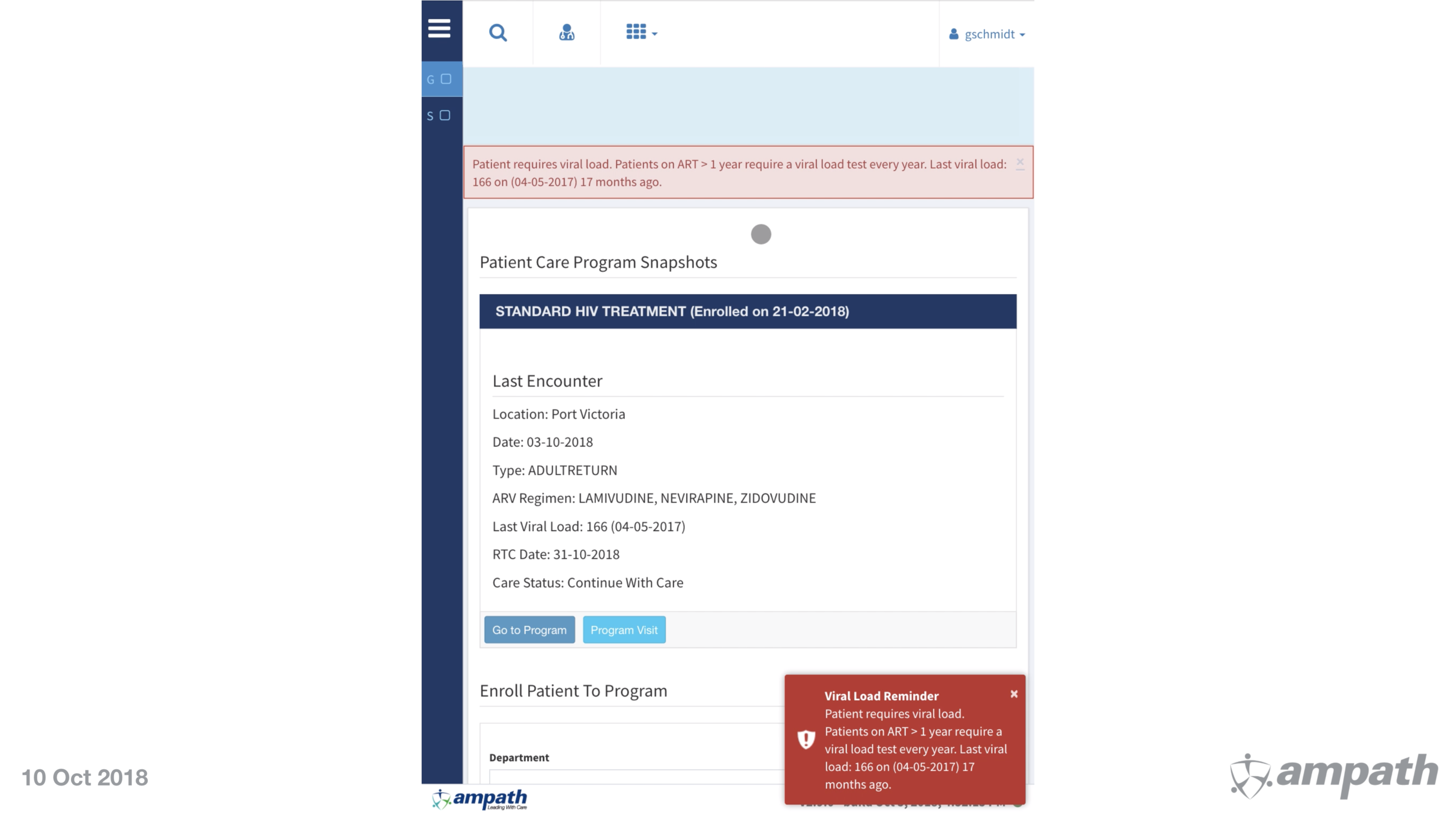
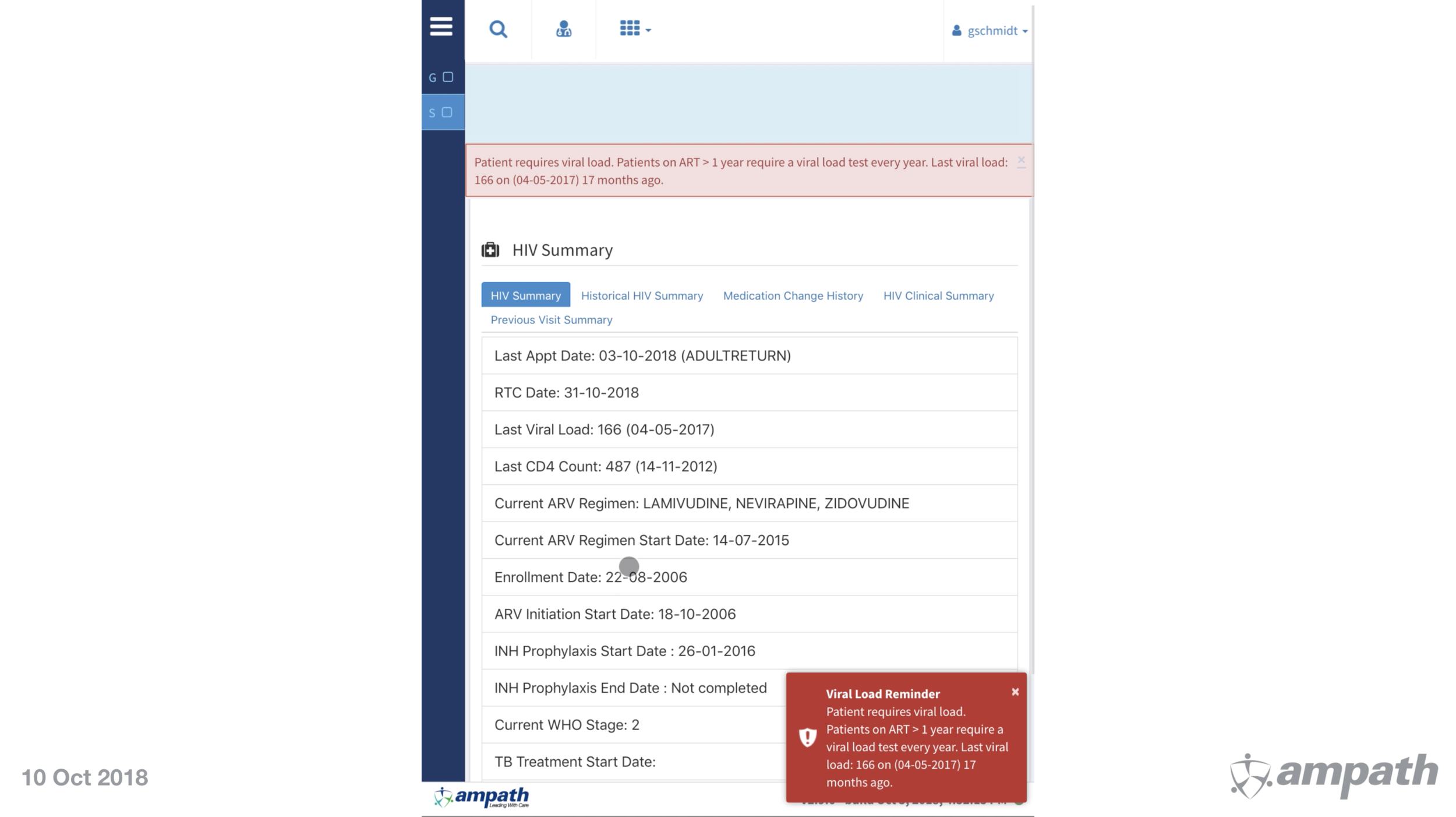
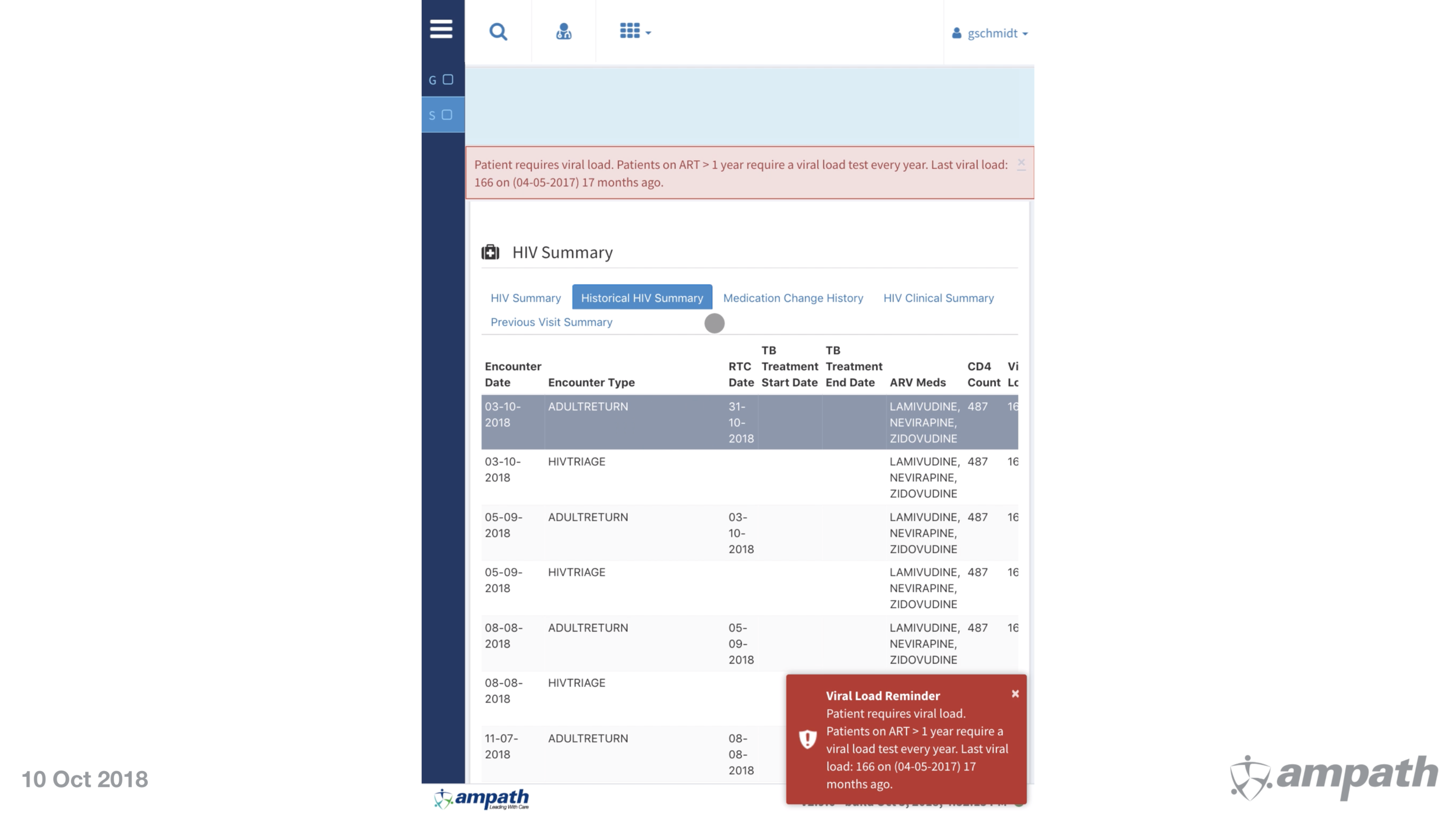

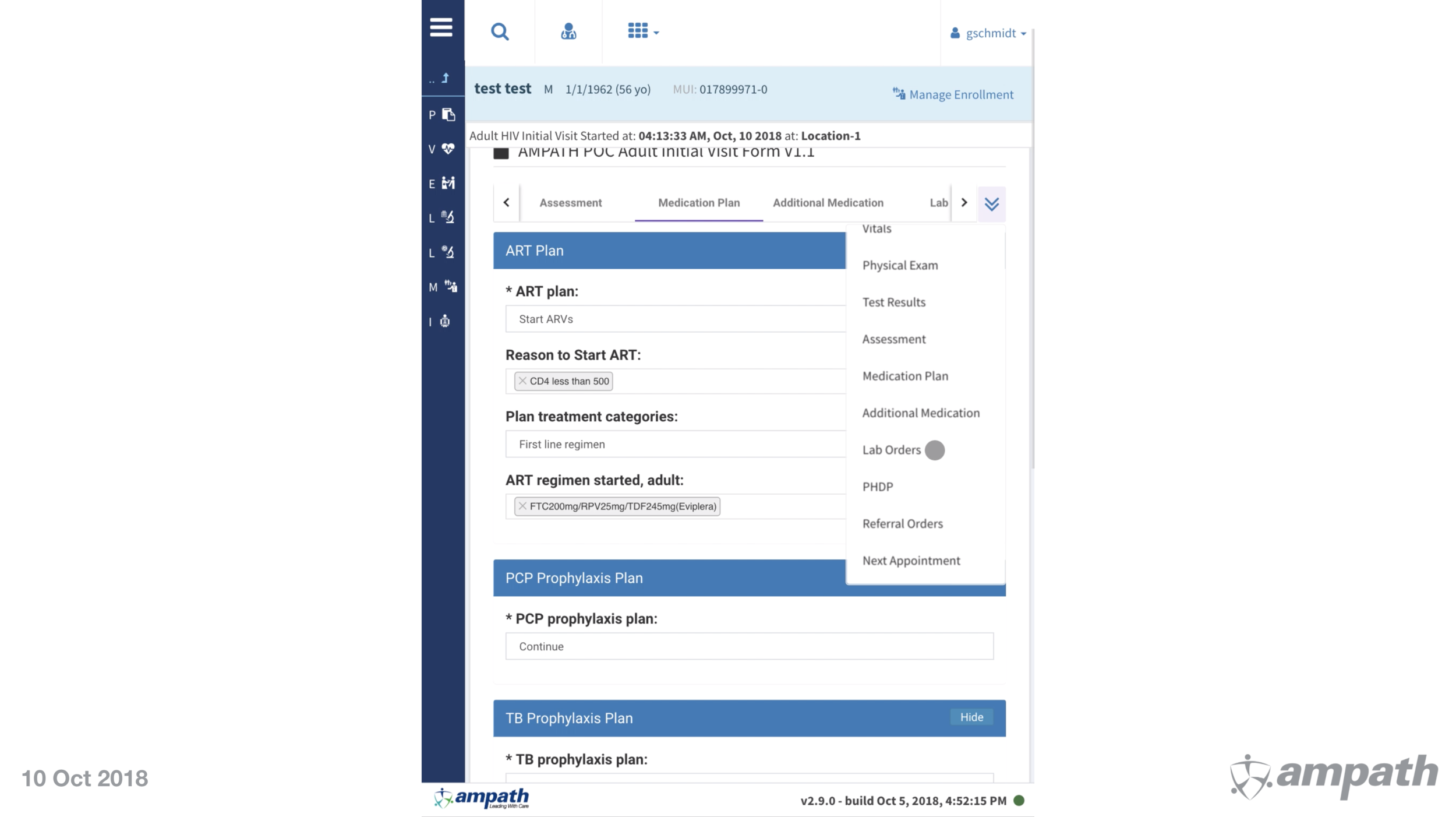
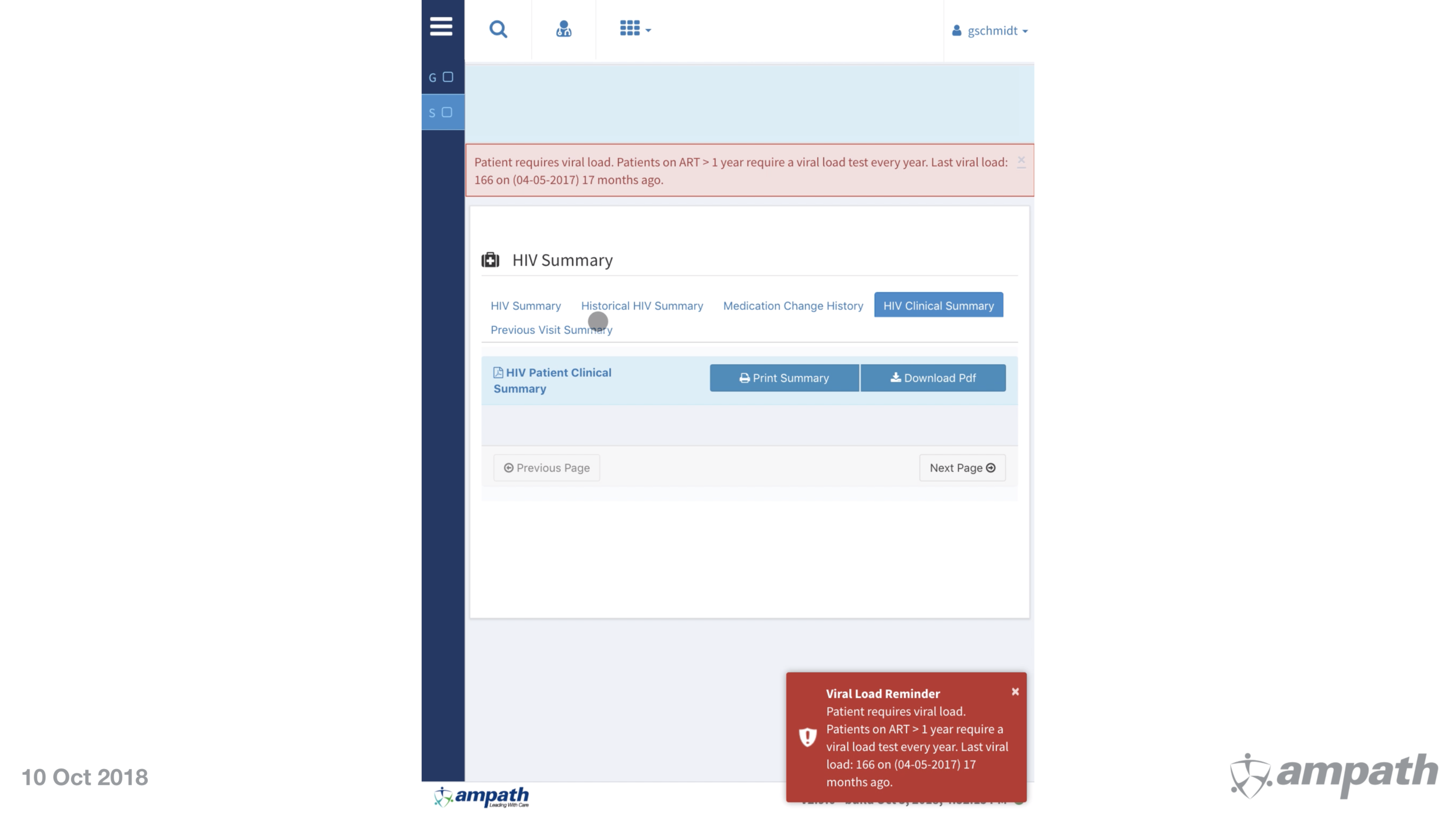

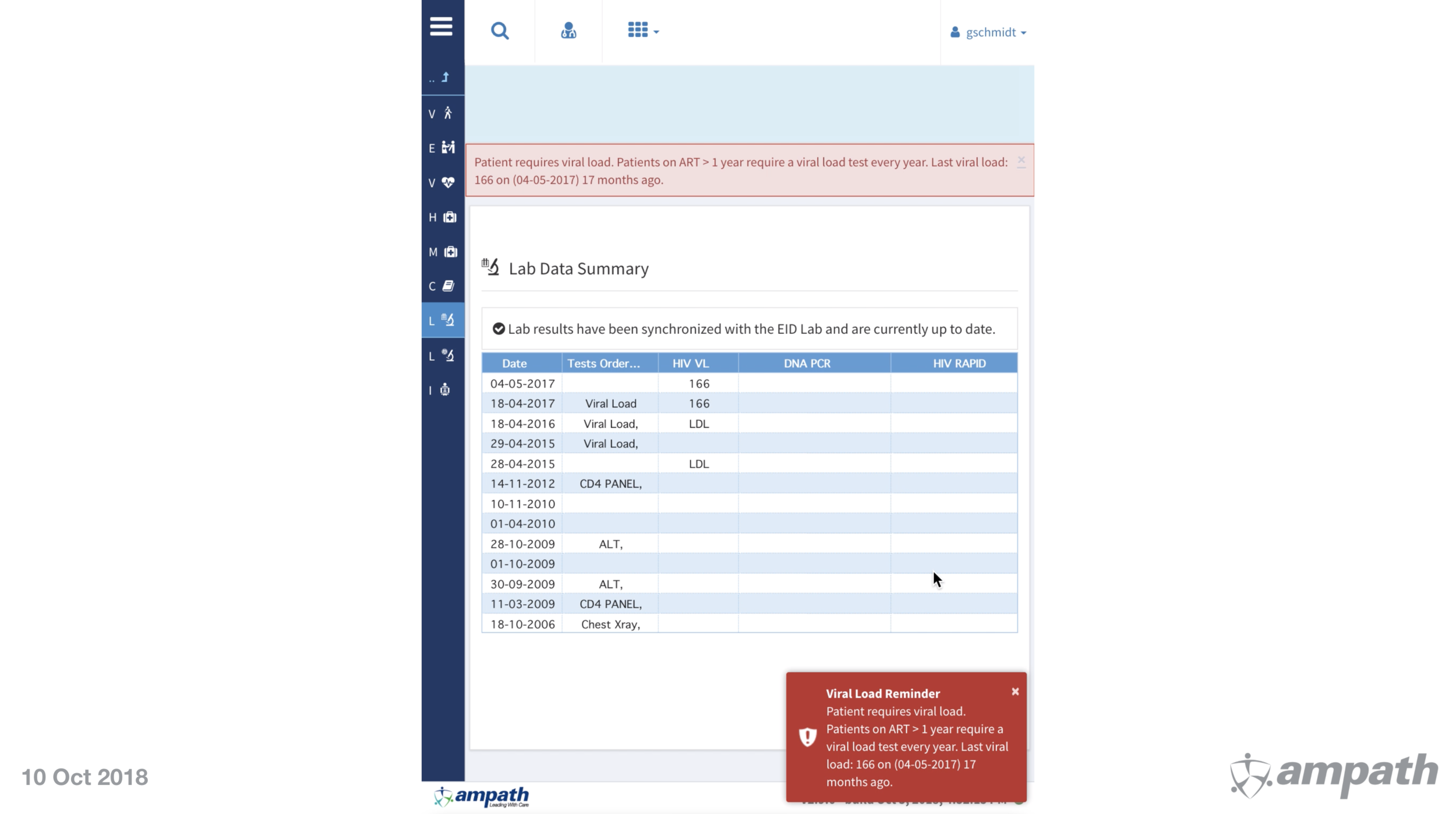

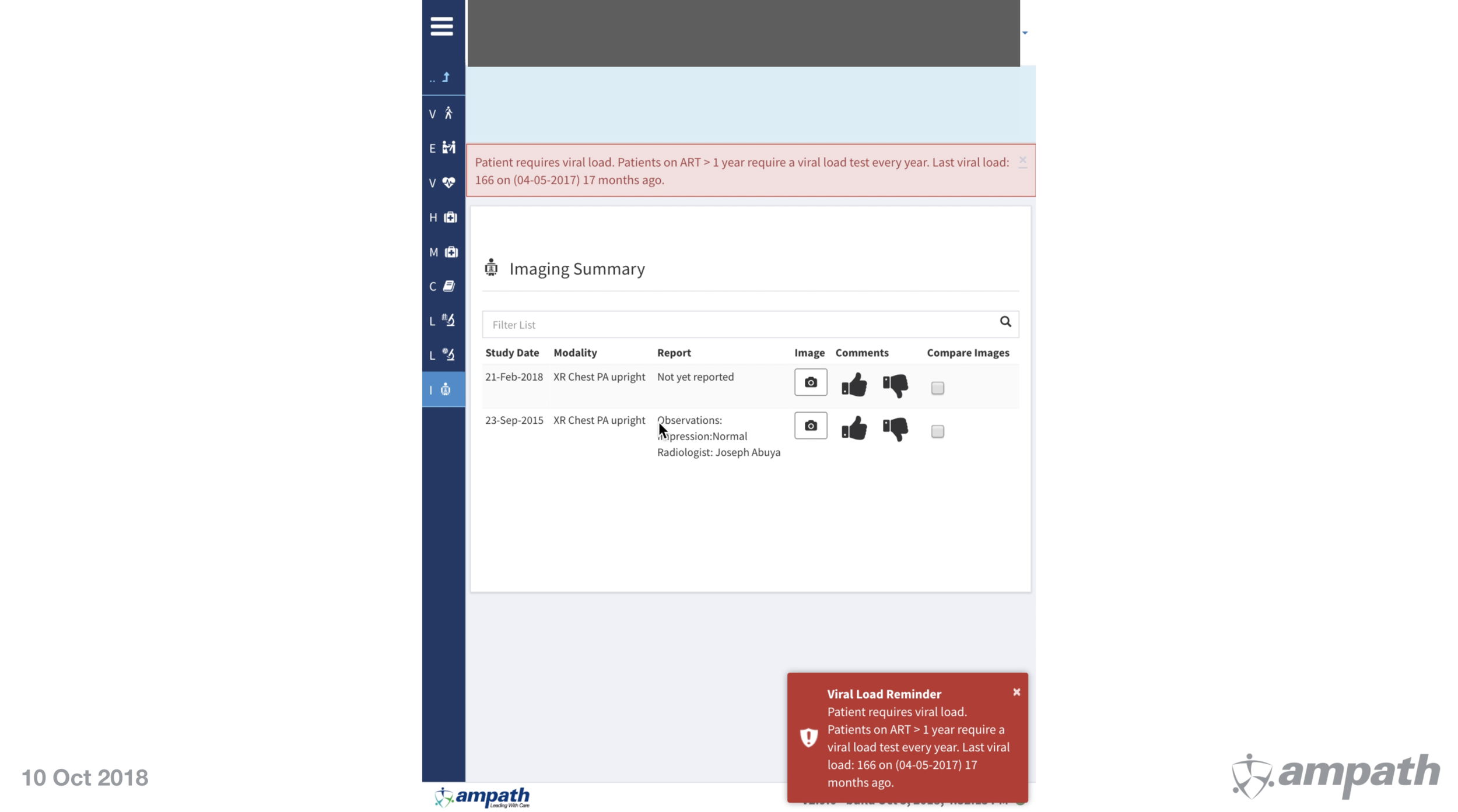
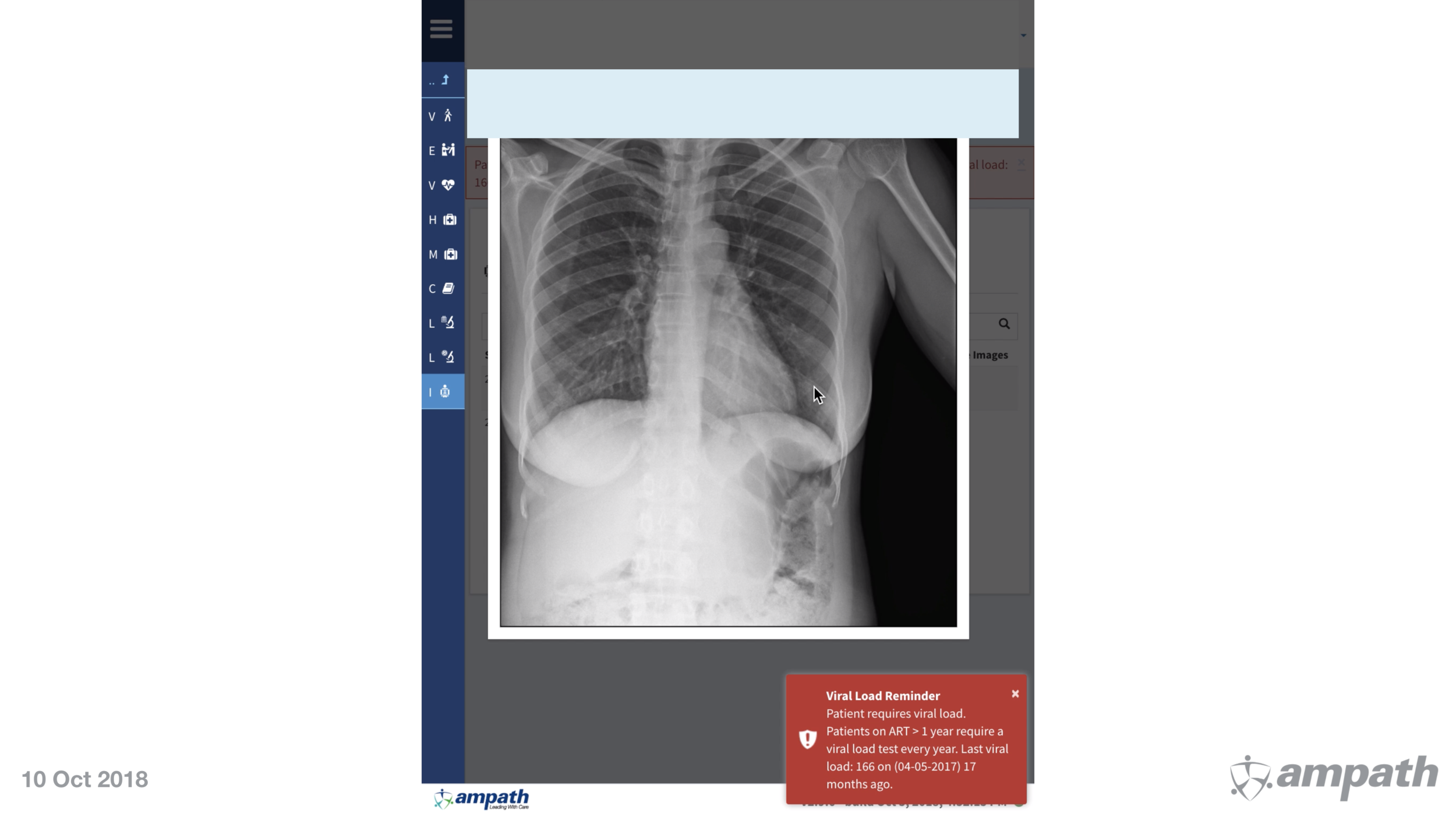
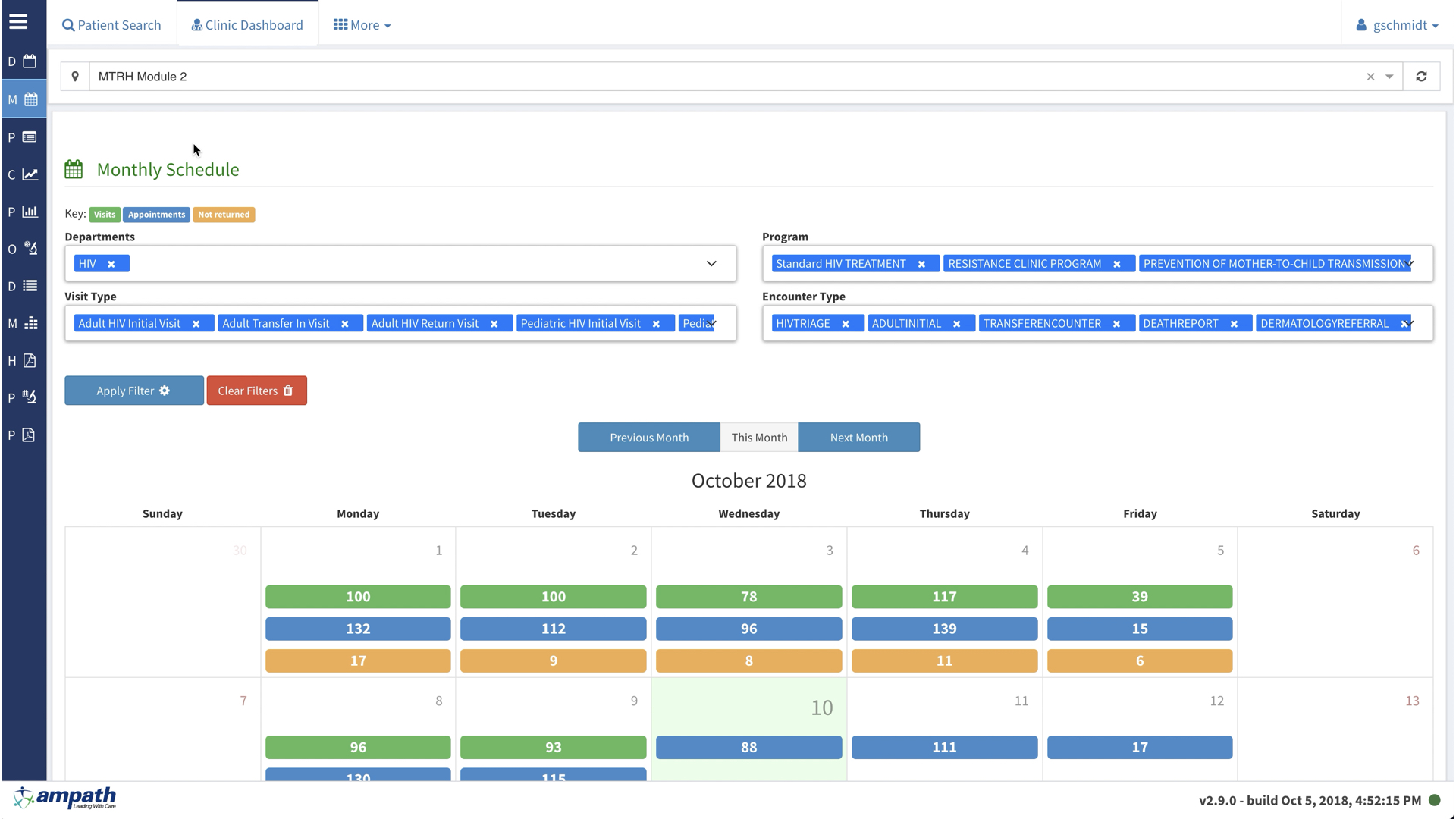
[note: because of time pressure, these screenshots are from the HIV module. The Oncology module is currently being re-developed this month, but will have many similar functions]
PART 2.
How medical records impact the clinician
Here in Kenya when we speak of “clinician” it is everyone from a community healthcare worker who may be a volunteer with minimal medical training all the way to a consultant.
The medical record can help each of these clinicians 3 ways.
2.a - Clinical Decision Support
First, it can provide better care through Clinical Decision Support. Clinical Decision Support helps clinicians know what the next best step is. This allows the clinician at the dispensary to know they should screen a patient for breast or cervical cancer. It can help a nurse or clinical officer at the county hospital know a patient’s immune system is overly suppressed from the chemotherapy. And last, it can help a consultant here in Eldoret by linking them with expert information and articles while seeing a patient.
There is a lot of excitement to use machine learning to help in this process given our system’s large dataset.
This level of support is not yet built into our medical record, but with time and funding, it can be.
2.b - Task Shifting
Second, electronic medical records help with task shifting, and allow us to move work that used to be done by advanced level clinicians, safely down to clinicians with less training. This means more people have access to care. Clinicians with higher levels of training can focus on the more complex cases.
Ultimately, task shifting will be the way we scale healthcare - through giving clinicians with less training a powerful tool in their hand.
2.c - An amazing user experience
Third, we want clinicians to love to use the electronic medical record. Its the best way to increase user adoption. At this time AMPTH and OpenMRS are undertaking a significant effort to understand what the next version of the system will look like - AMRS 3.0.
There is an entire separate talk on this on youtube (EHR design from first principles & EHR re-design mockup), but essentially we are re-desining the interface from the ground up. One that works on all devices, effortlessly allows multitasking, and one that ideally works in low connectivity environments.
PART 3.
How medical records impact the clinic, government, and administration
Third, the electronic medical record can help facilities, governments, and administrators.
The HIV program has had dashboards for many years that directly help drive care. Just in the last few weeks and months we have started to use a new tool called Kibana. This is an incredibly powerful data visualization product. Kibana is designed explicitly to hand enormous data sets in real time.
These are a few screenshots from Kibana from a day this week of our HIV clinic data set. It shows when patients were seen, how long they had to wait for to be registered, how long to wait for the clinician, how many were seen in each program, and which forms that were completed took the longest time.
The data can be filtered from the entire system down to a specific clinic. Or it can be filtered any other way needed. For instance, if you wanted to see where people were screened yesterday for Breast Cancer in the Oncology program the entire dashboard could be updated to this in an instant.
We have started to build Oncology Dashboards to do the exact same, and these will be available by the end of the Month.
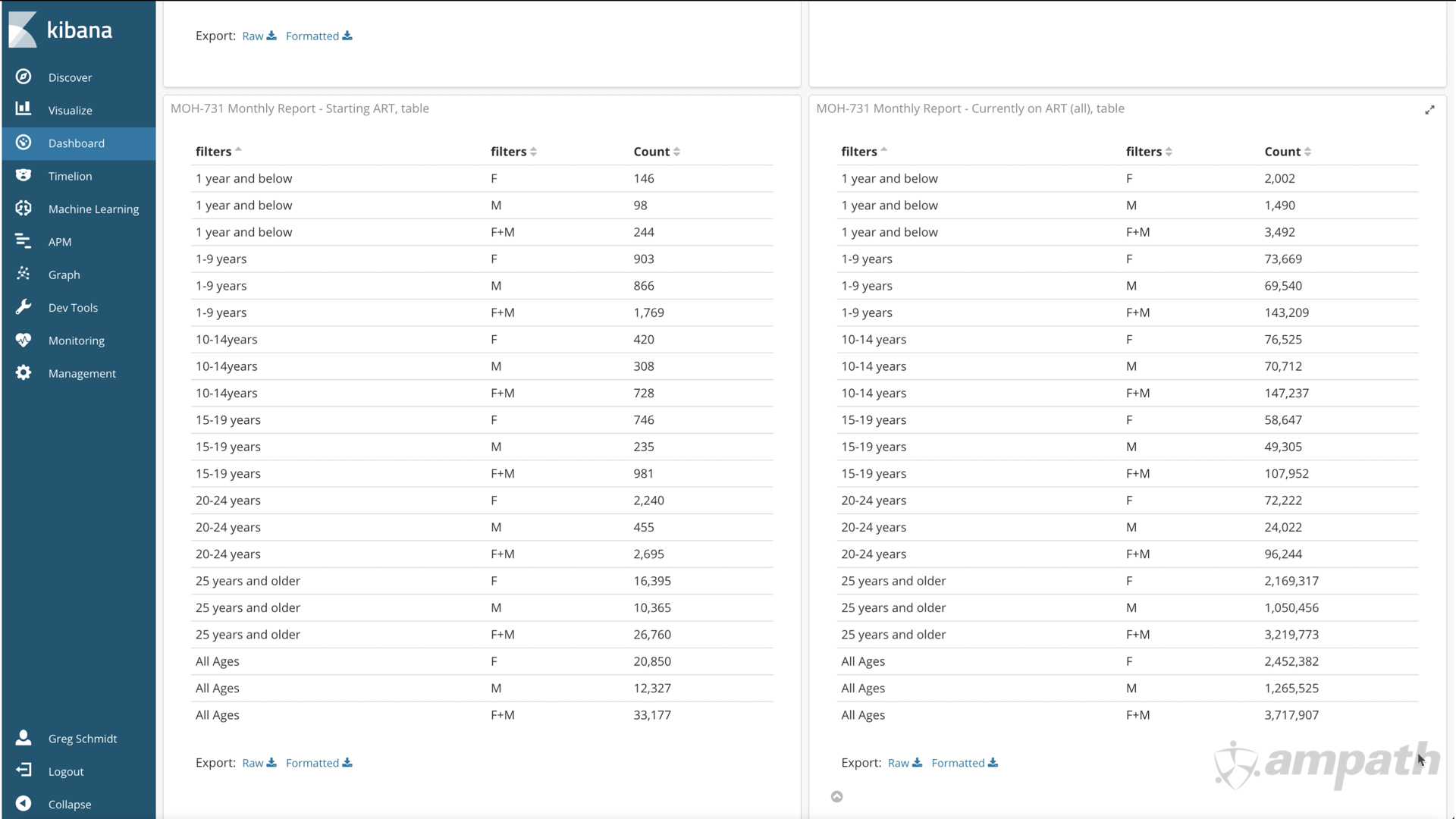
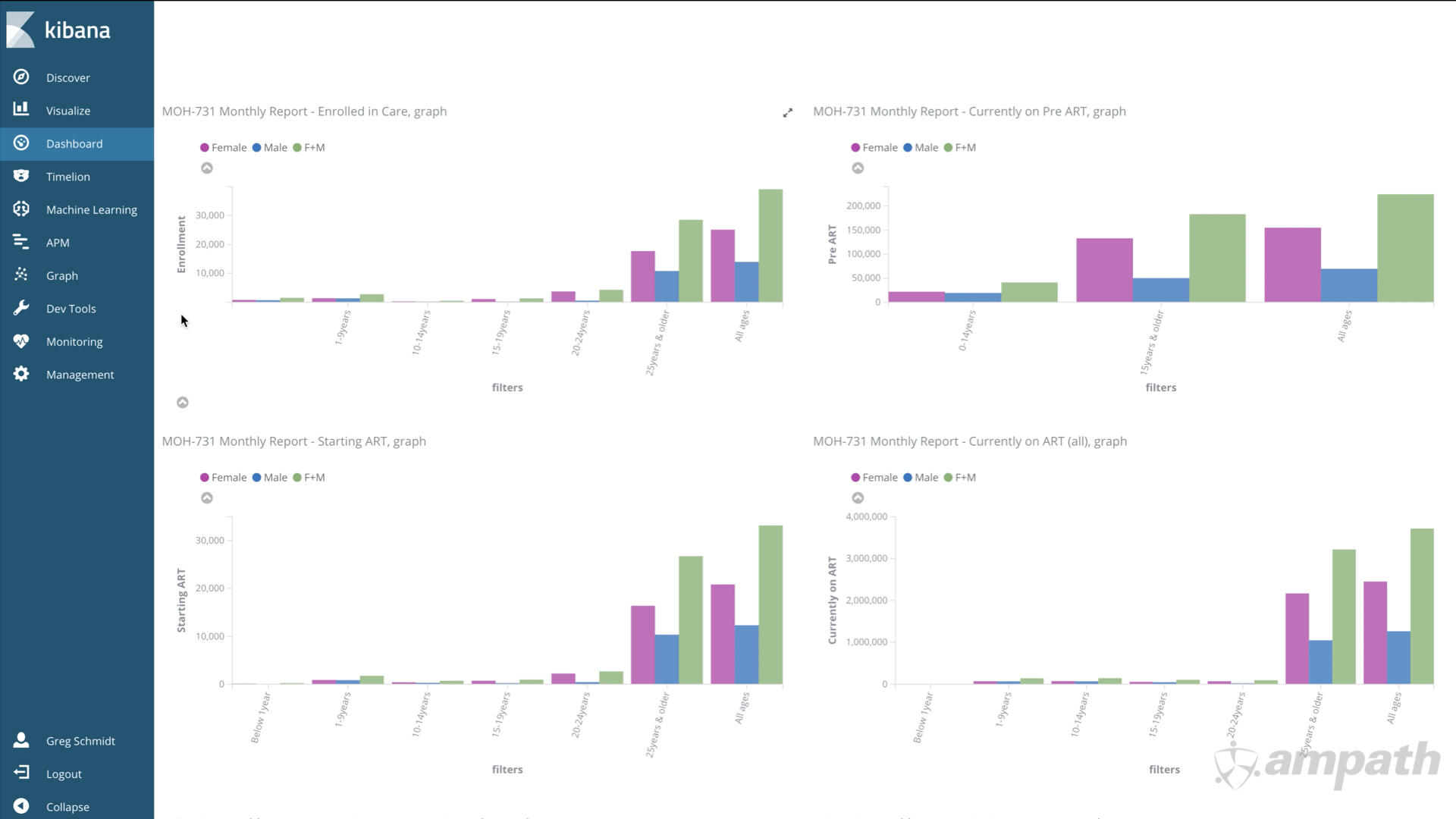
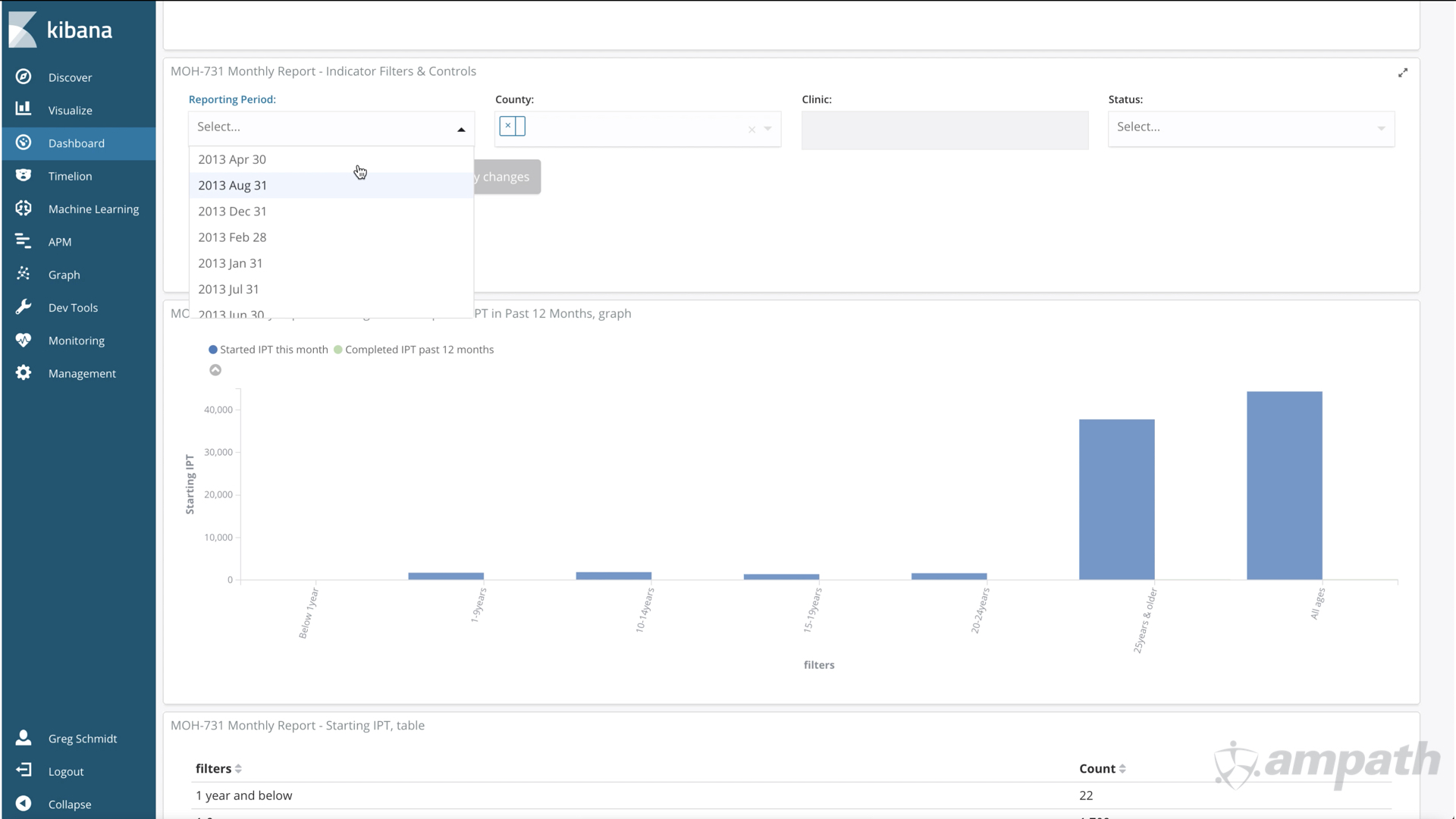
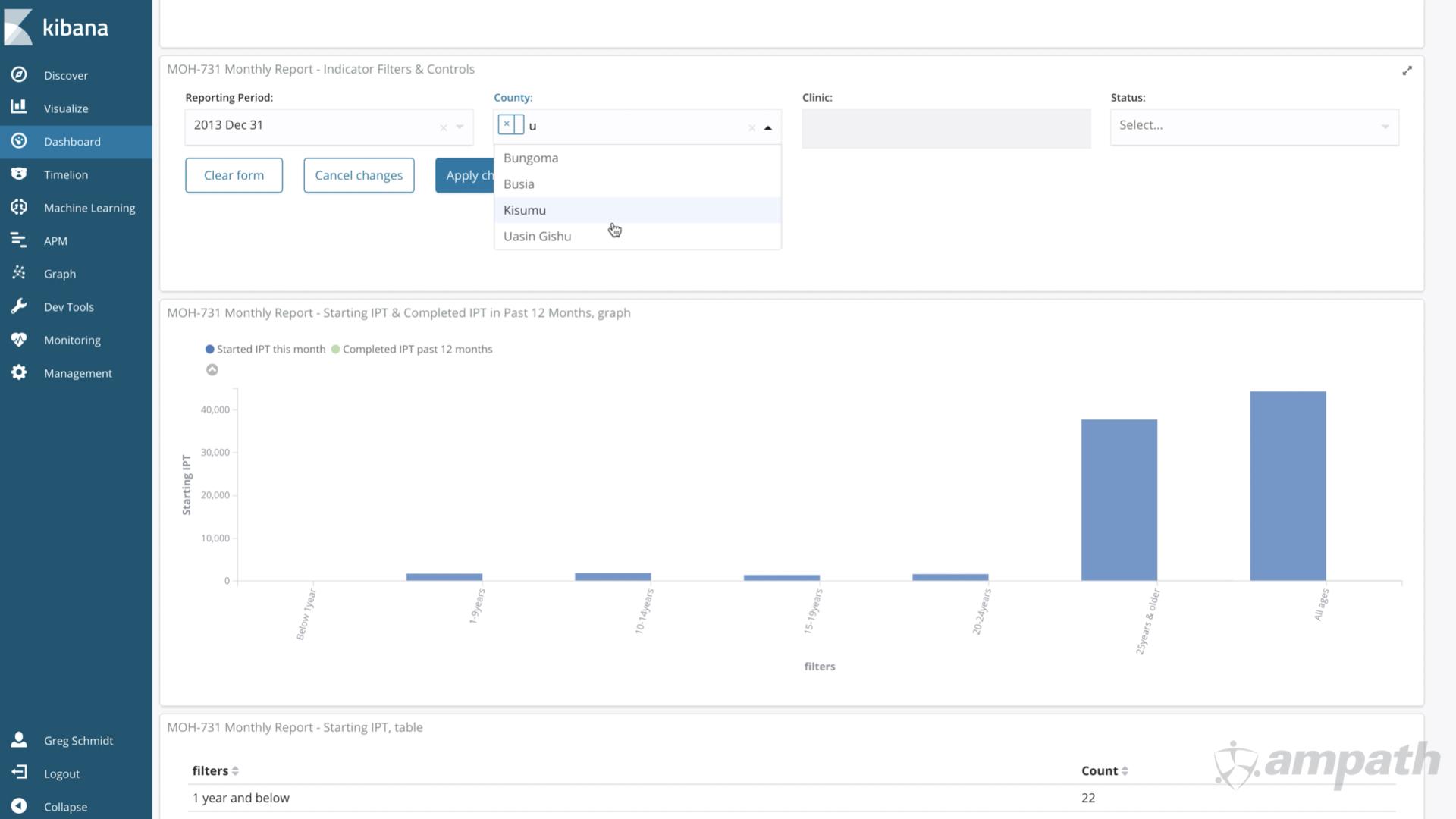
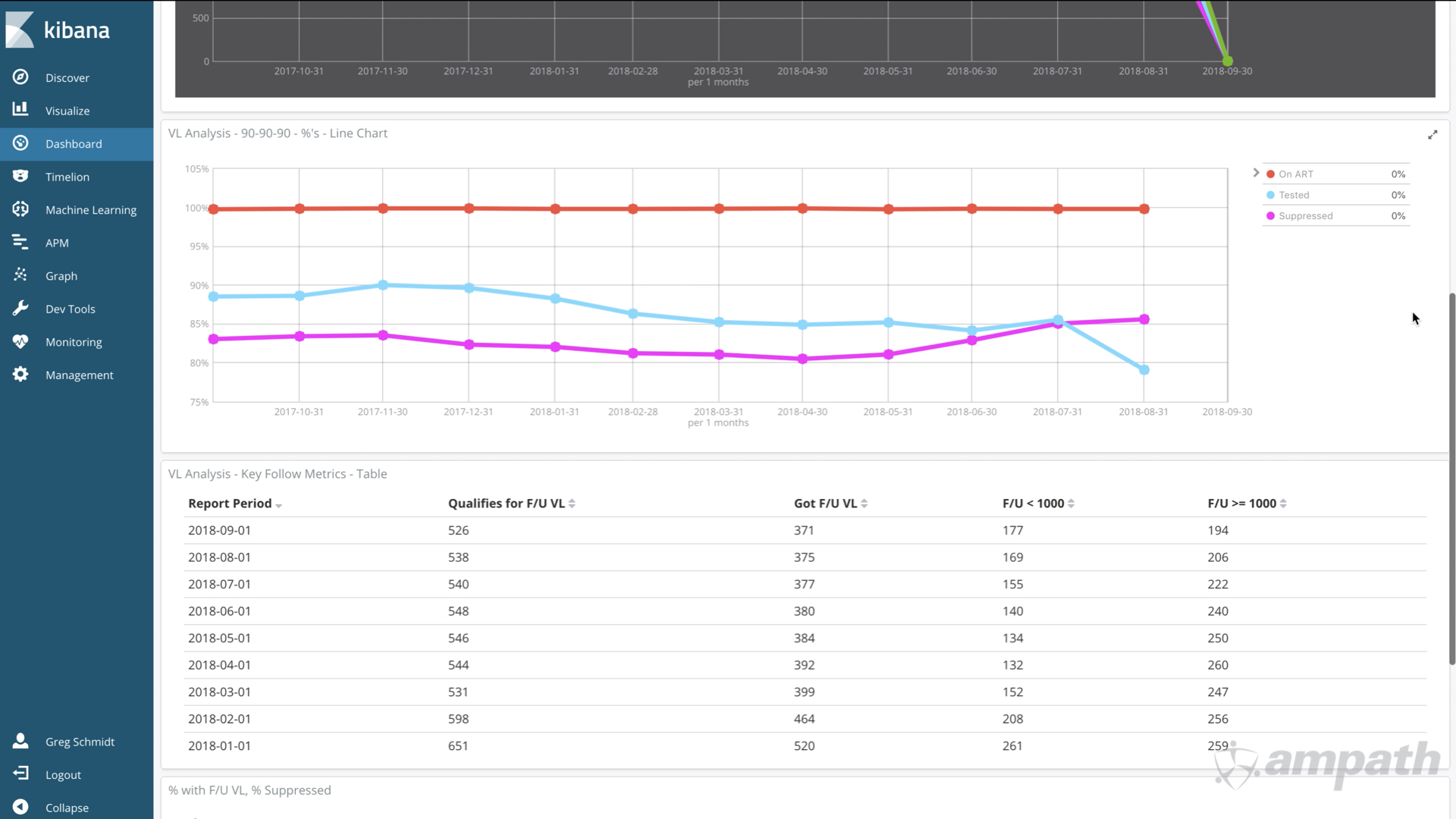
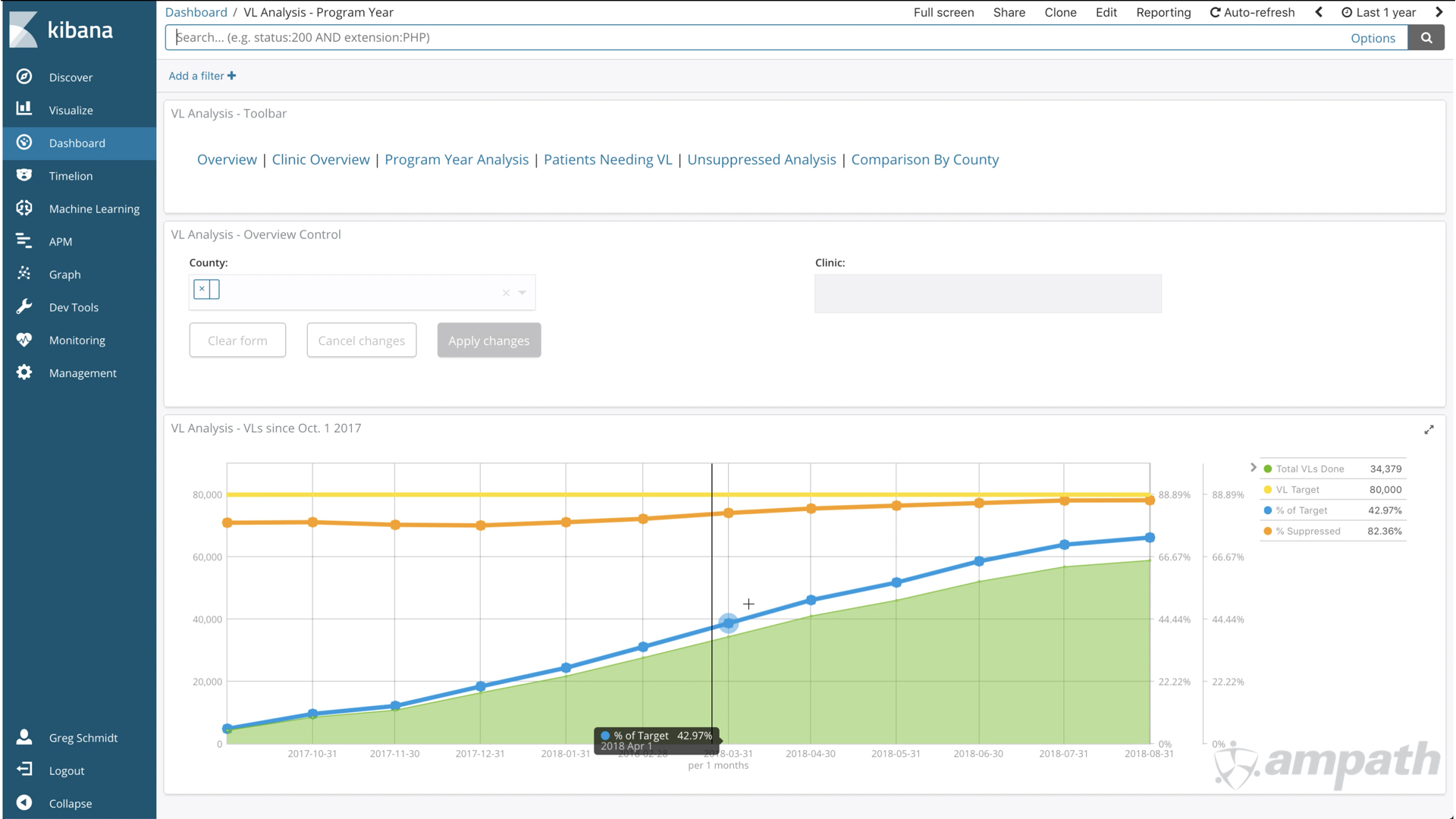

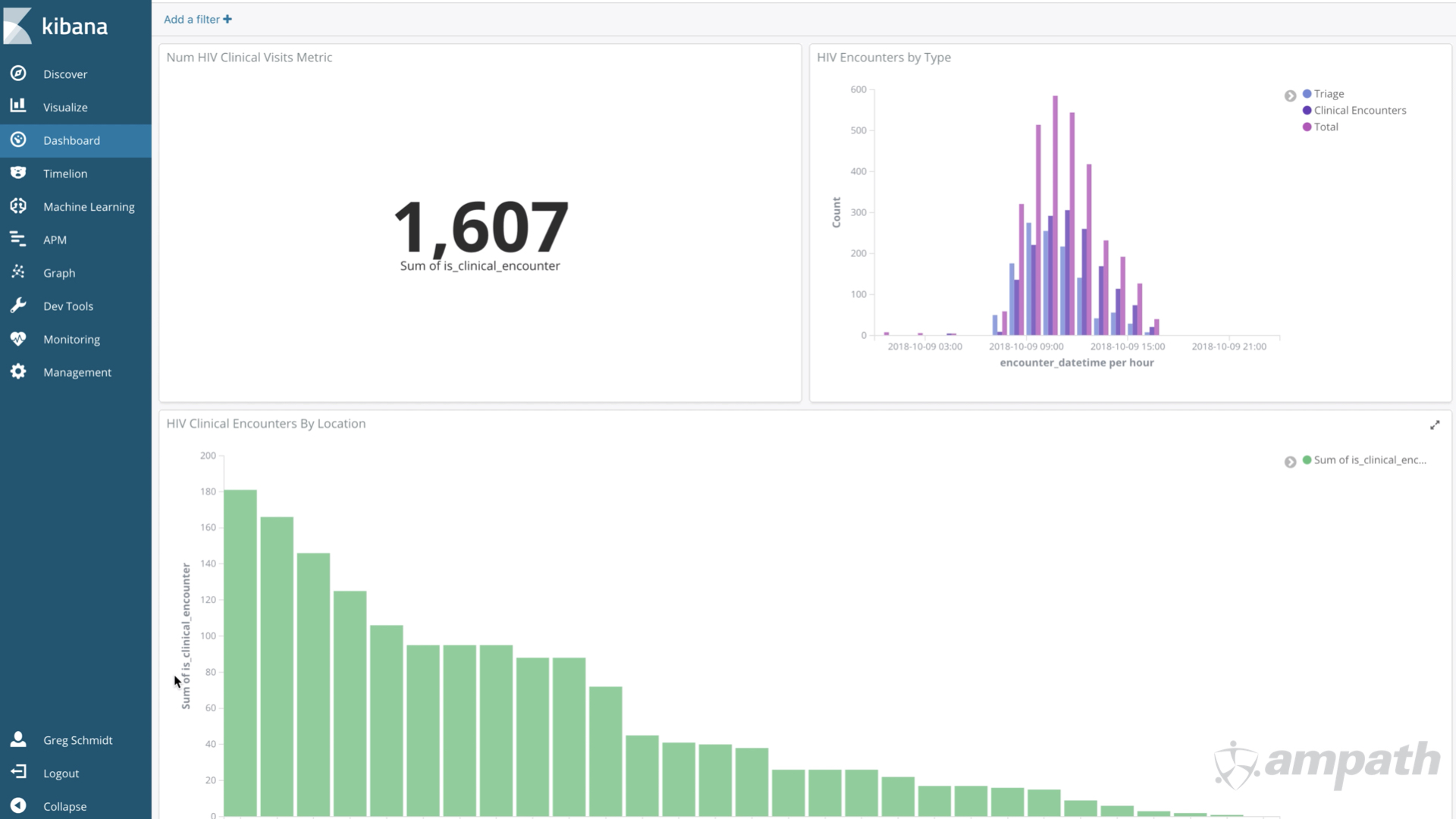
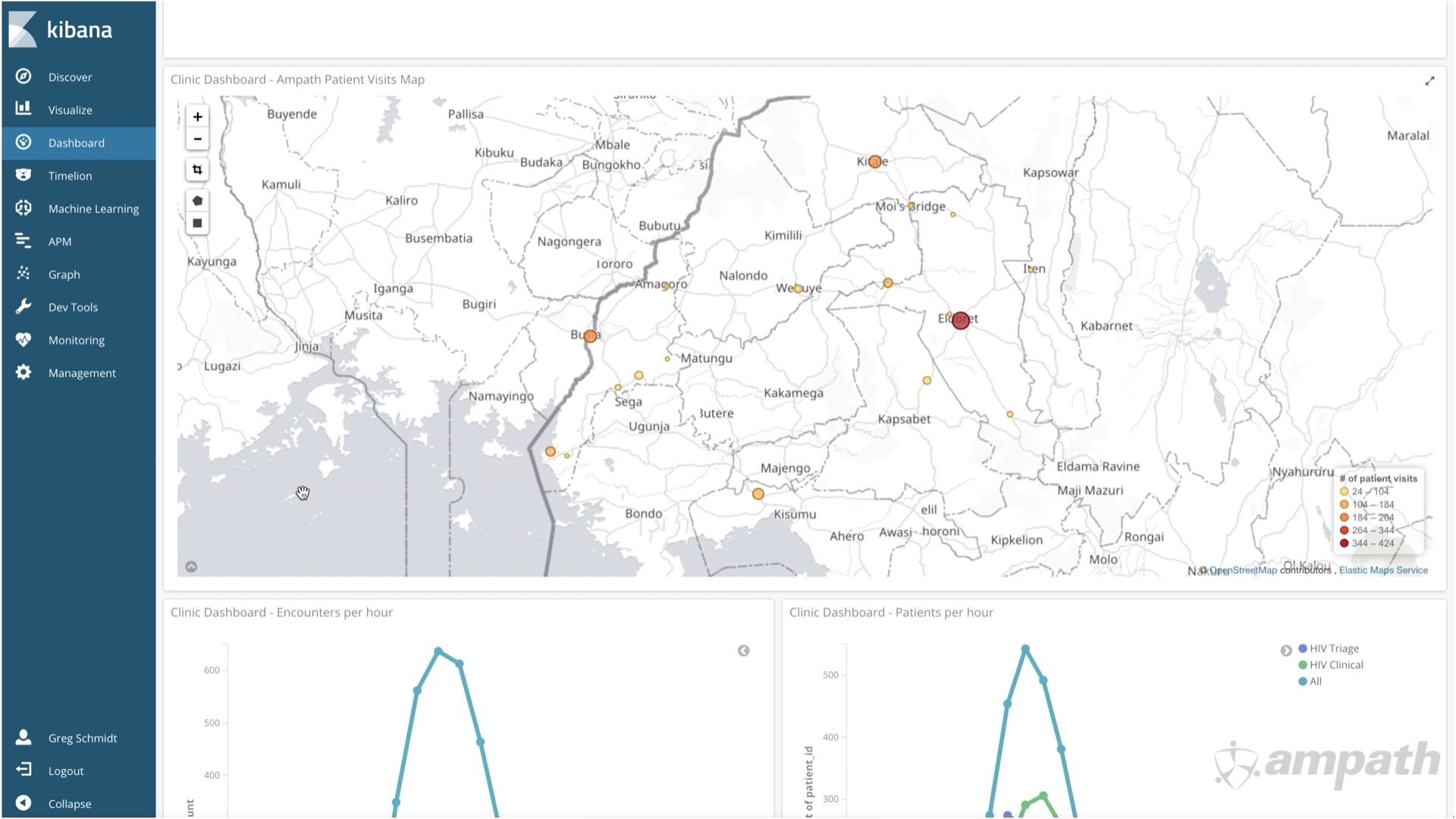
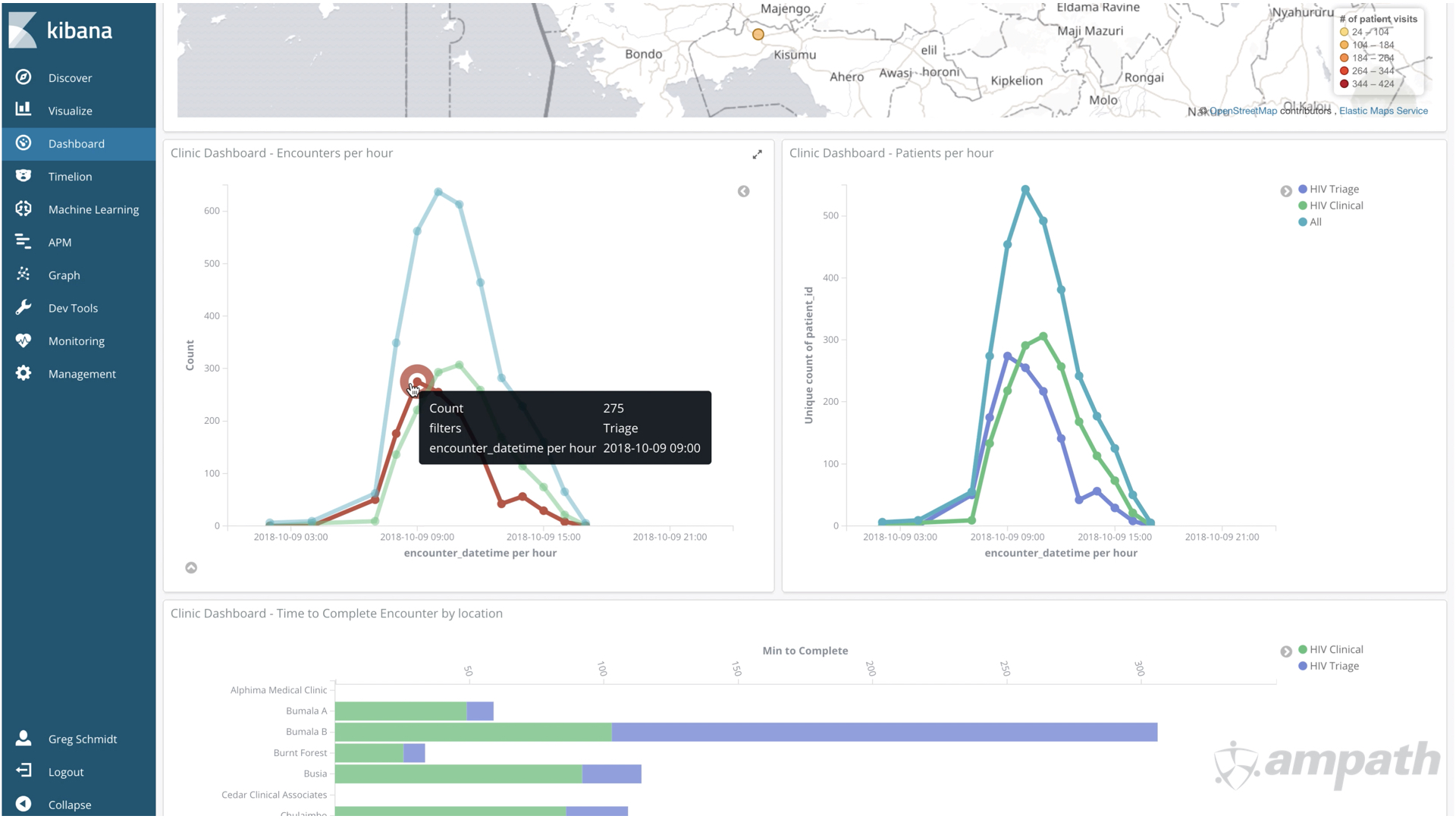
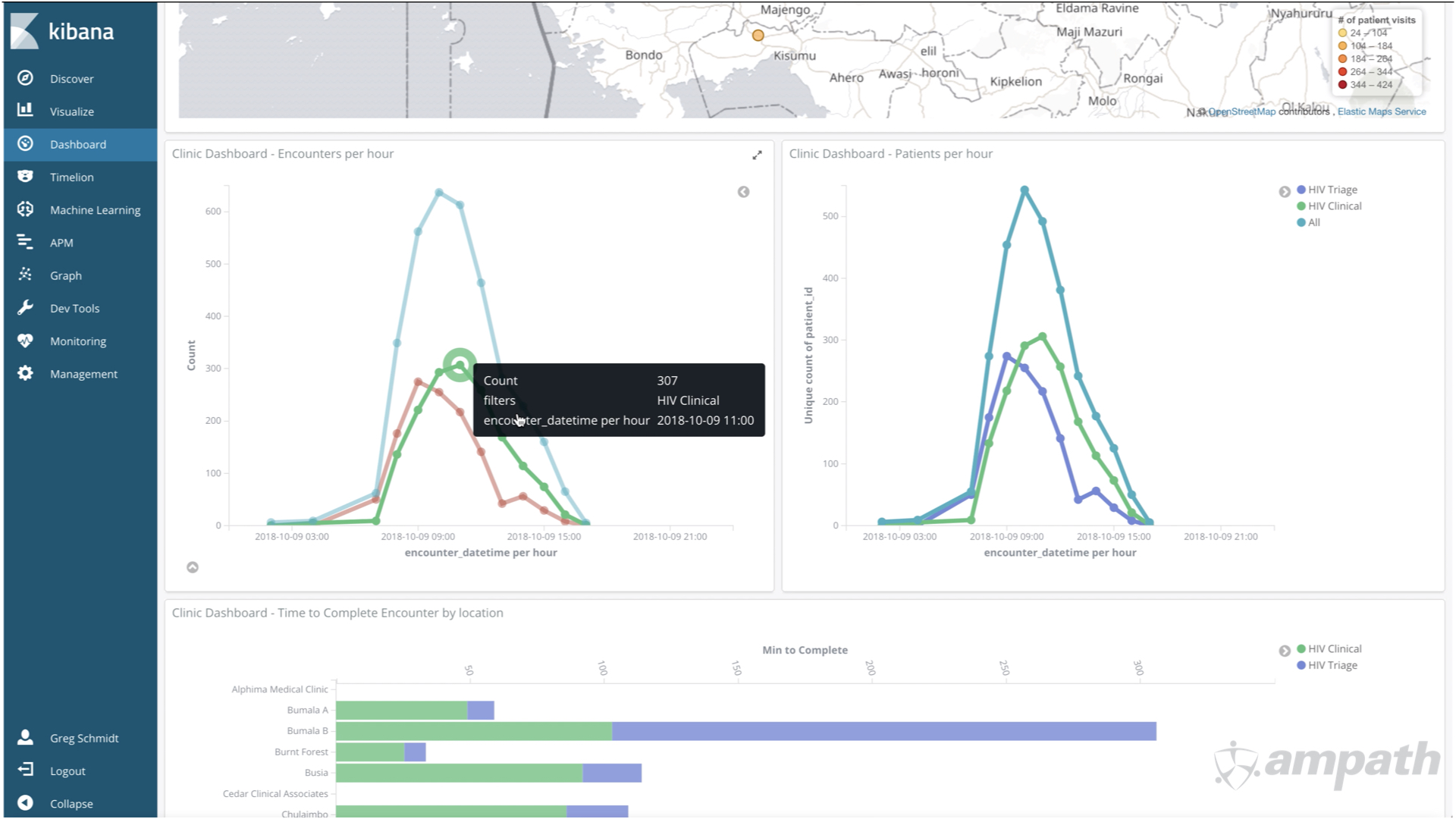
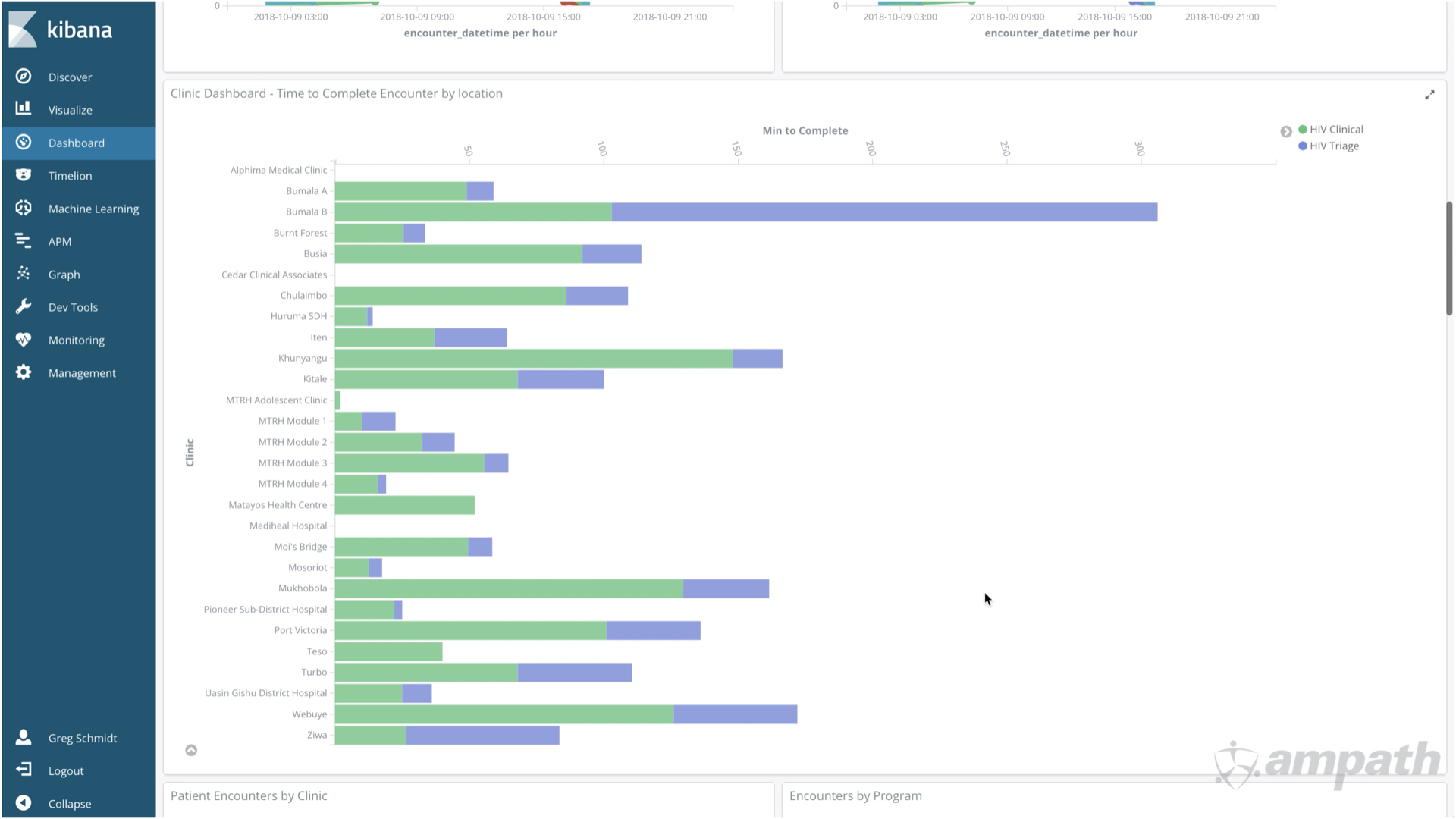
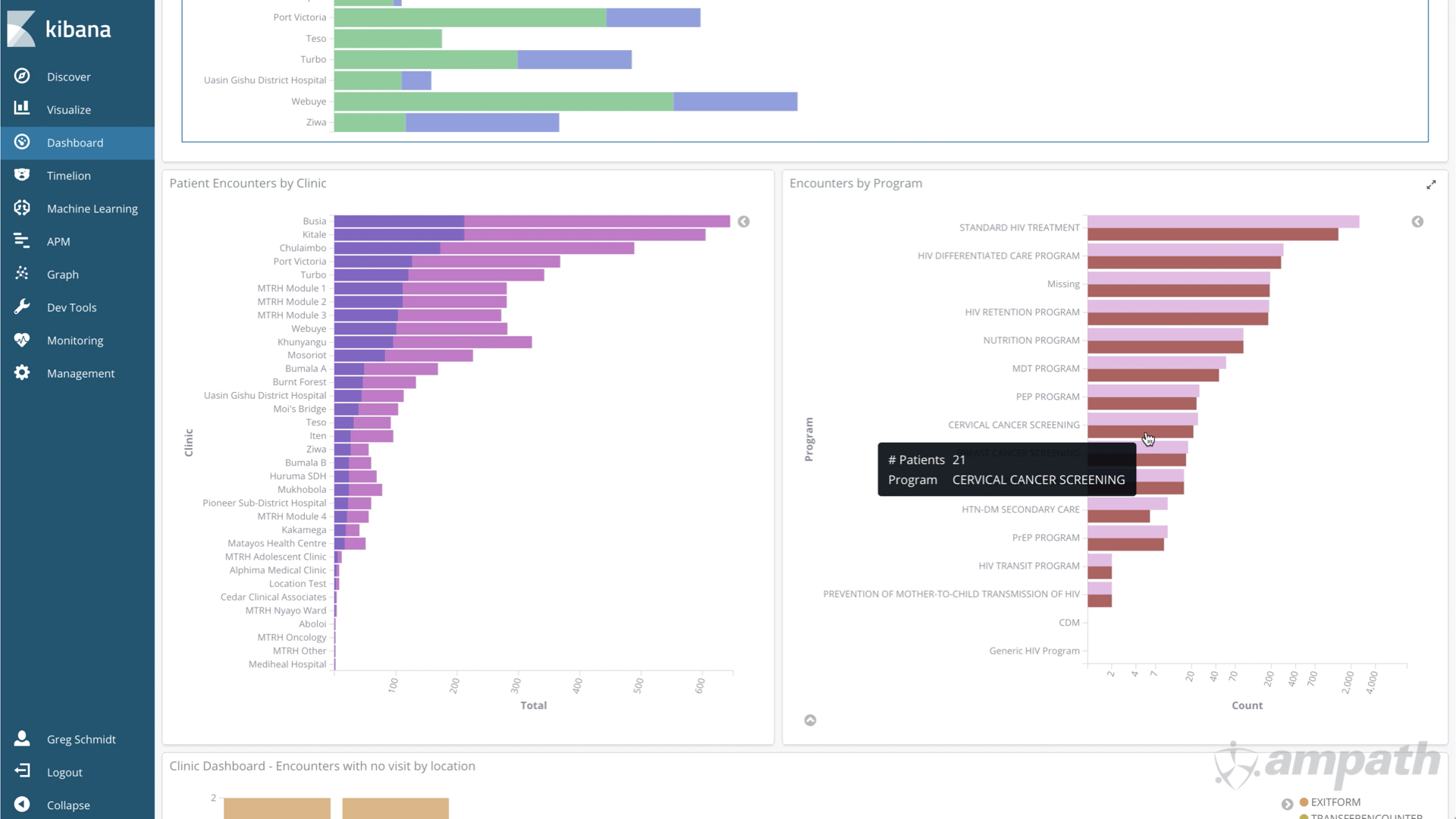
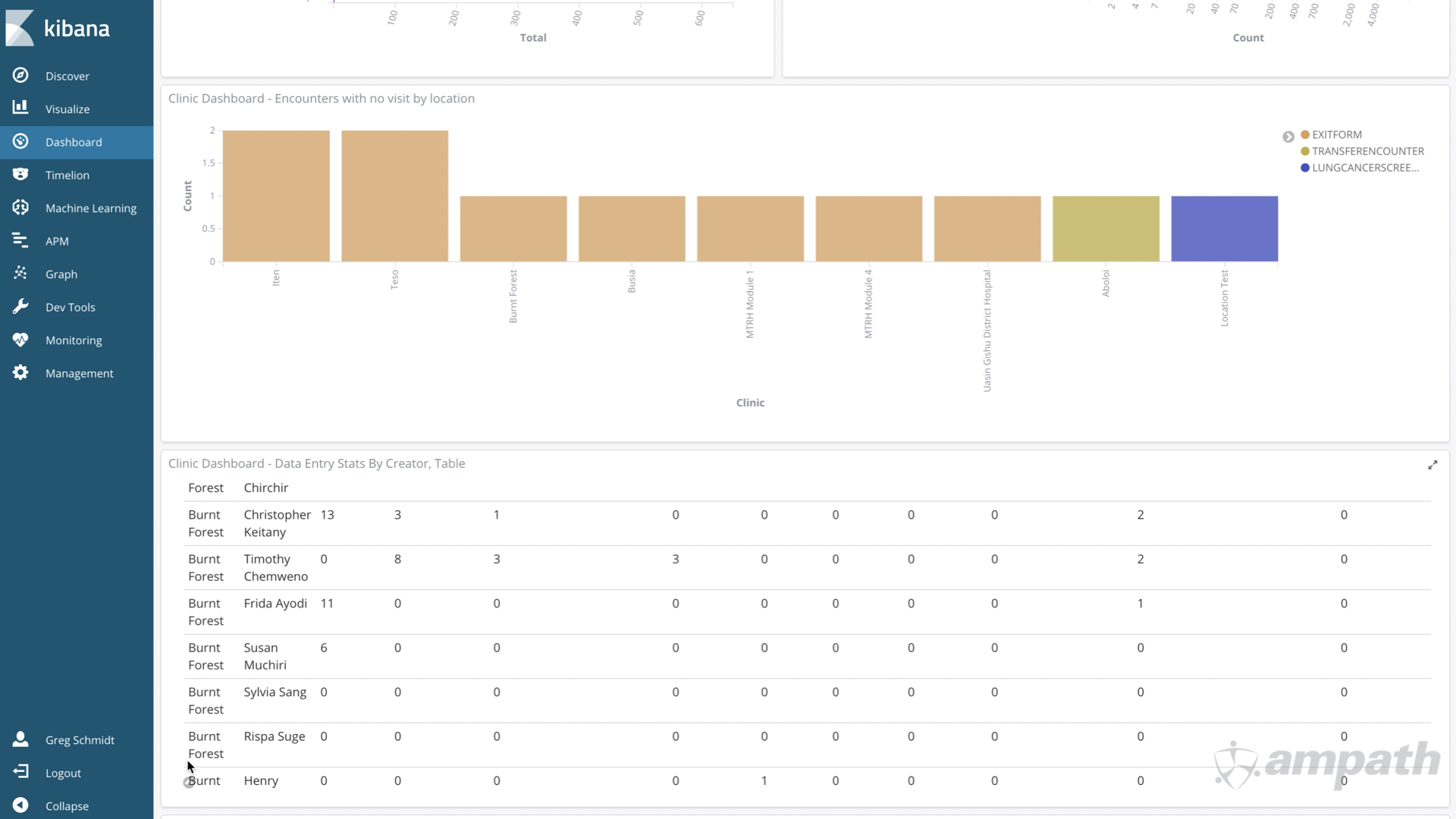
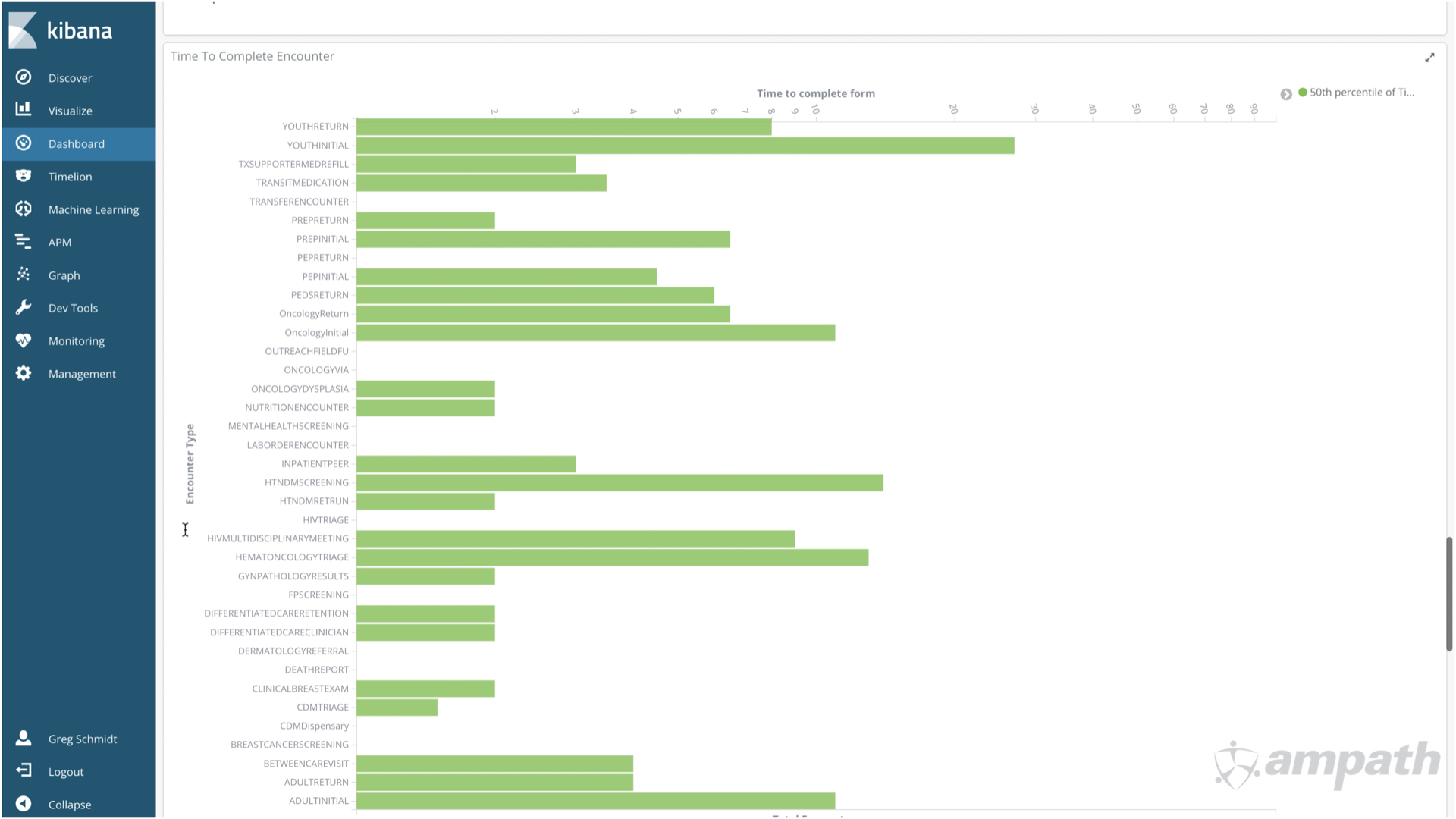
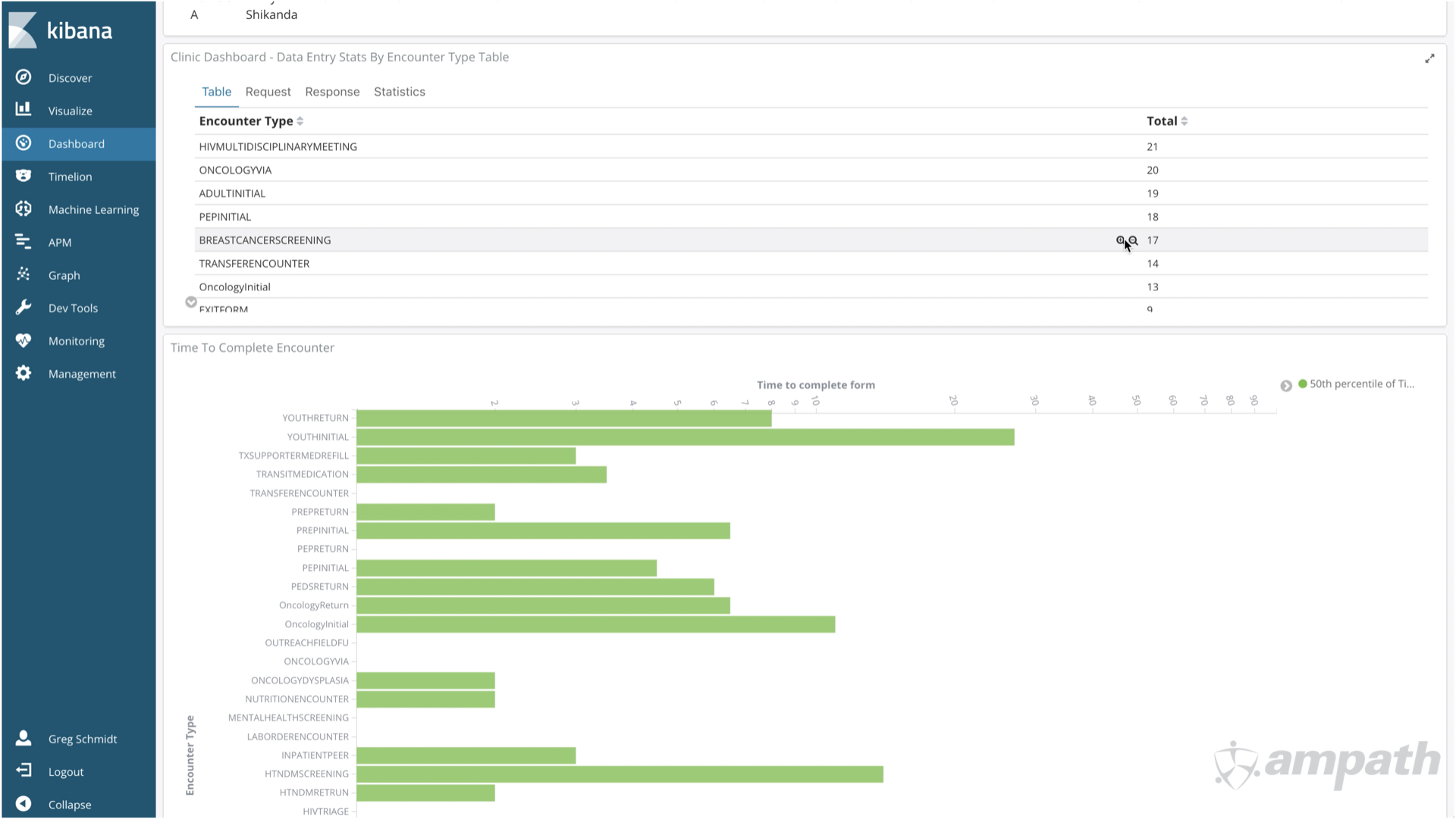
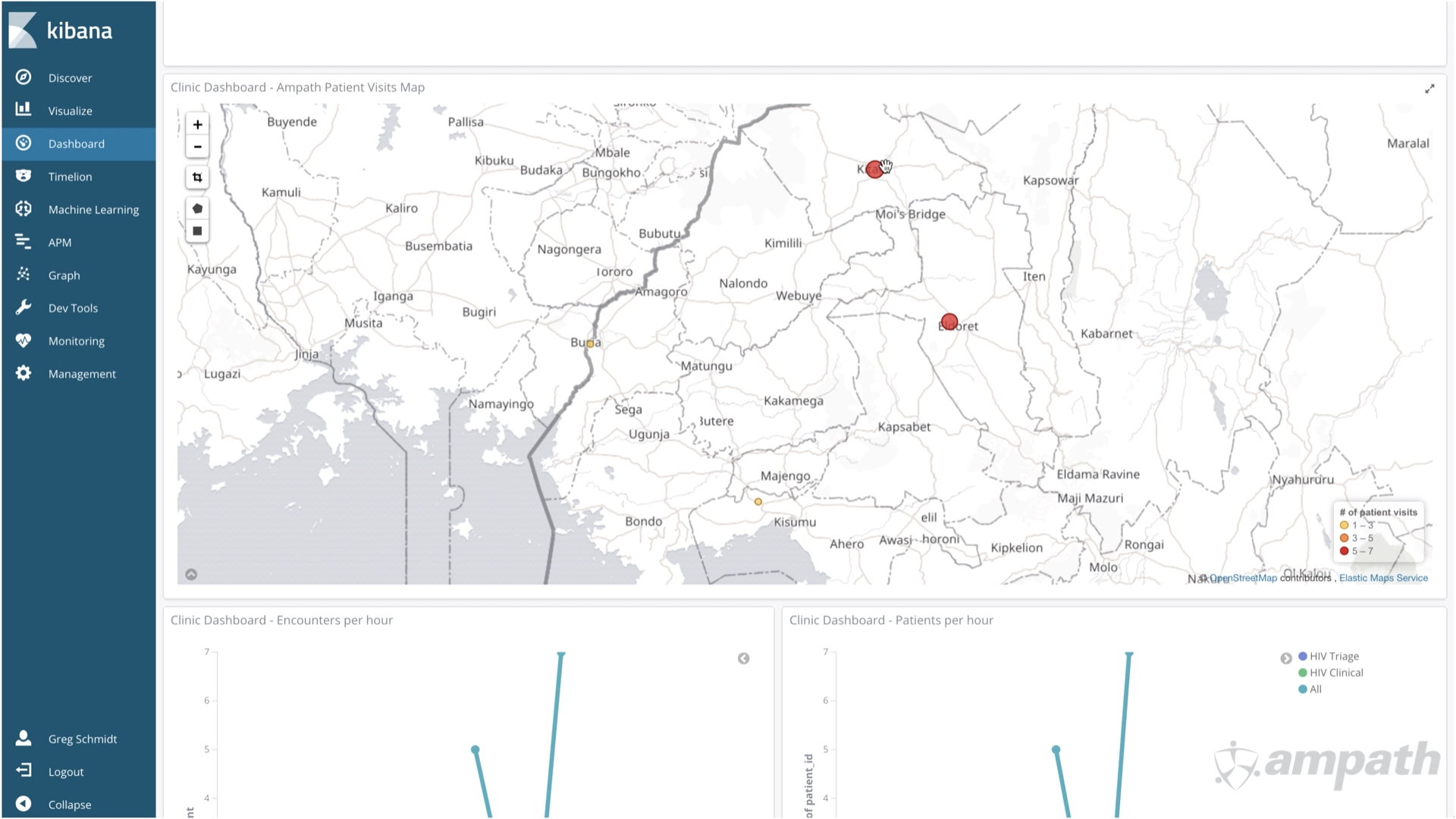
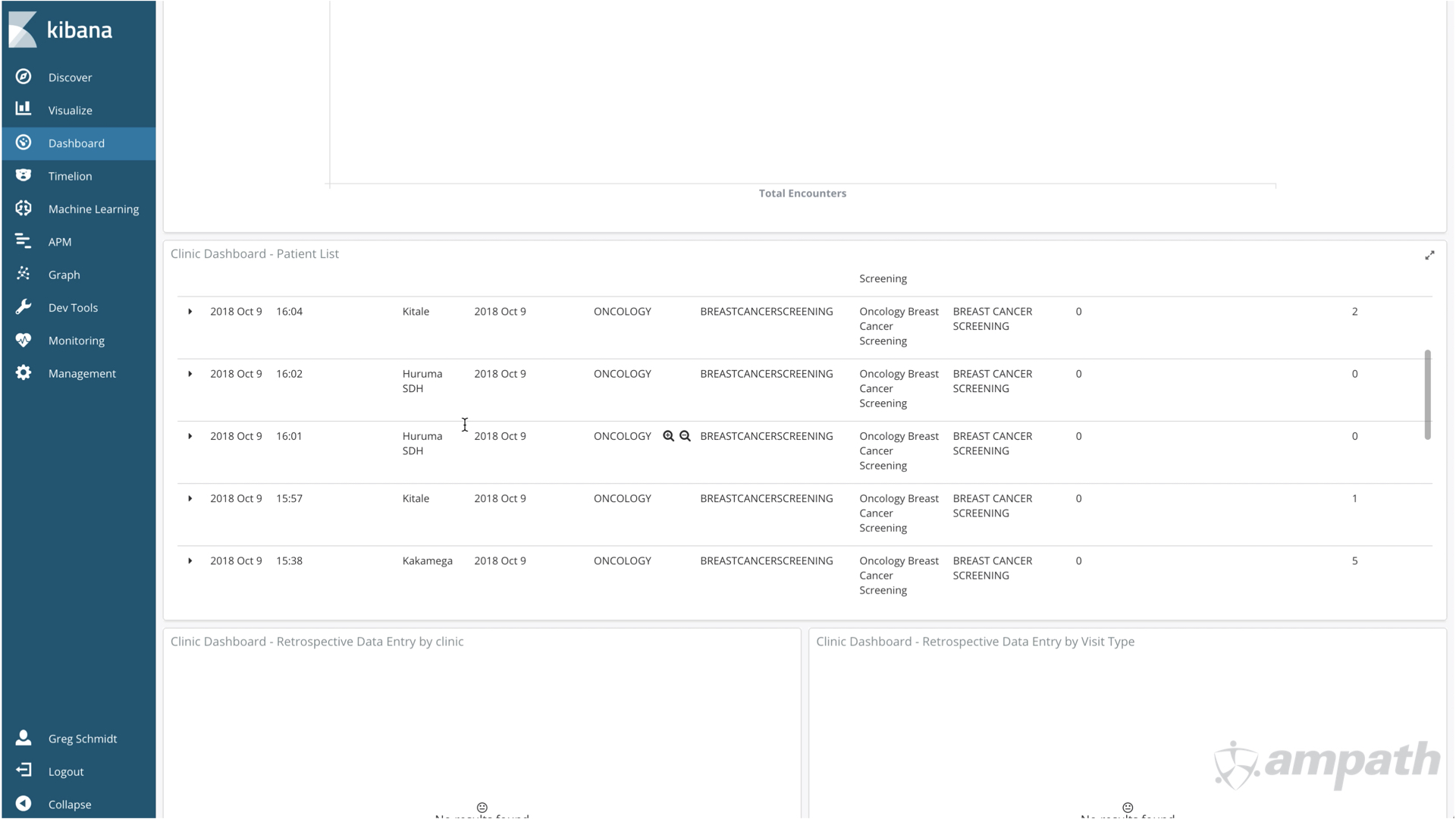
PART 4.
How medical records impact researchers and industry
I realize that RedCap is the preferred tool of many at the conference. It structures data in the desired way for clinical trials - in particular it is my understanding that RedCap complies with the FDA reporting standards.
Lets work together, and build an integration so that the data from AMRS POC can be transmitted into RedCap.
Obviously this will have to be approved by the research proposal and standard IRB paperwork.
It is a win-win scenario for clinicians because they can use a real medical record system to deliver care, not a research recording tool; it is good for clinic and government because it means more clinical data points will be in AMRS POC; it is good for researchers and industry because they won’t have to pay to maintain and distribute a separate research collection tool; and ultimately this is good for patient as we will build a more robust medical record platform in order to produce data of high enough quality for research.
Conclusion
To conclude,
Fifteen years ago AMPTH led the development of a global effort to build OpenMRS - an open source electronic medical record use in over 80 countries.
Three years ago we took the leap to build on top of OpenMRS a real time point of care system.
Today, I hope together with your support we can take the next step to lead a global effort to take the system to a new level.
A system that fully integrates all patient information.
A system that incorporates advanced clinical decision support, machine learning, extensive task shifting, and an amazing user interface and user experience.
A system that has comprehensive data analytics of both medical care and system performance.
And that is a powerful tool for research through seamless integration into RedCap.
To emphasize, we are not creating an electronic medical record to be a data warehouse, but building the actual roads and infrastructure on which we build an integrated healthcare system.
We can build the same model of excellence in Oncology (from dispensary to highest level hospital) that AMPATH has build in HIV.
Improving our system does not only benefit Oncology, but benefits at the same time all the other users of the AMPTH system – from HIV, to Population Health, to Hypertension, Diabetes, Maternal-Child-Health, and more.
This is a vision that shouldn’t be confined to Eldoret, or Kenya, or even East Africa, but one that needs to be shared on a global level.
But ultimately such a project requires the financial support of visionary companies and partners. Thank you
Learn More:
If you are interested in another presentation from October 2018 that goes into more detail on AMRS system and its data, those slides/text are split into:
